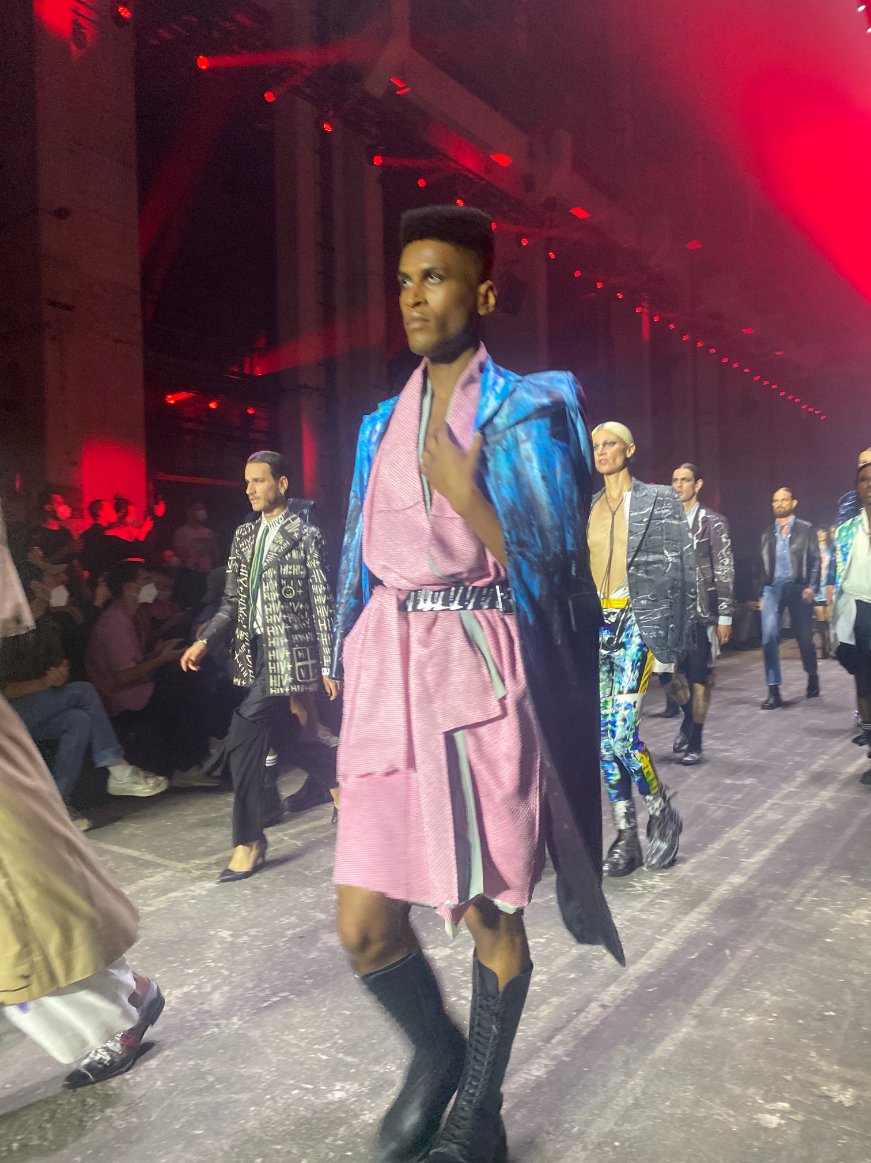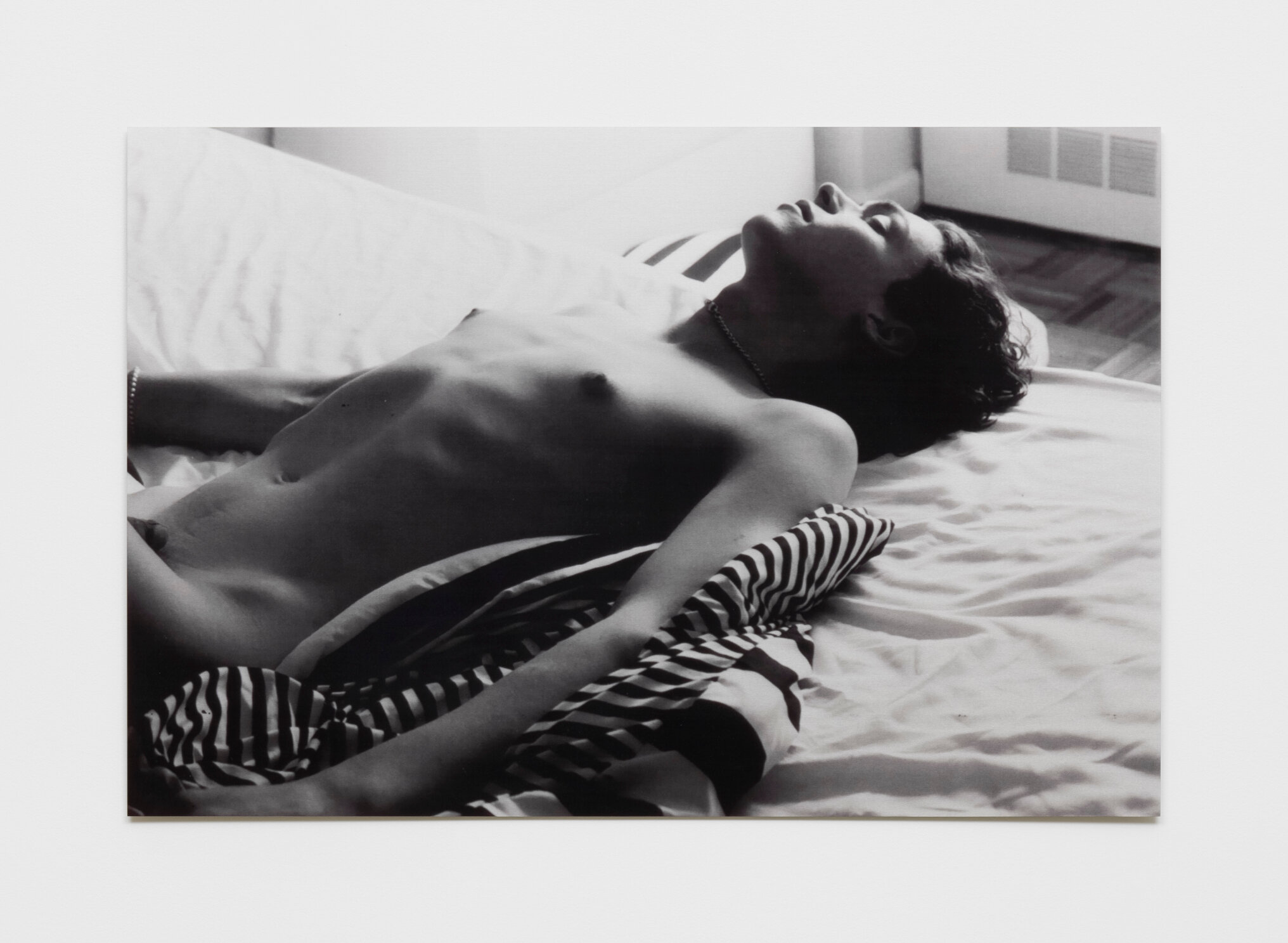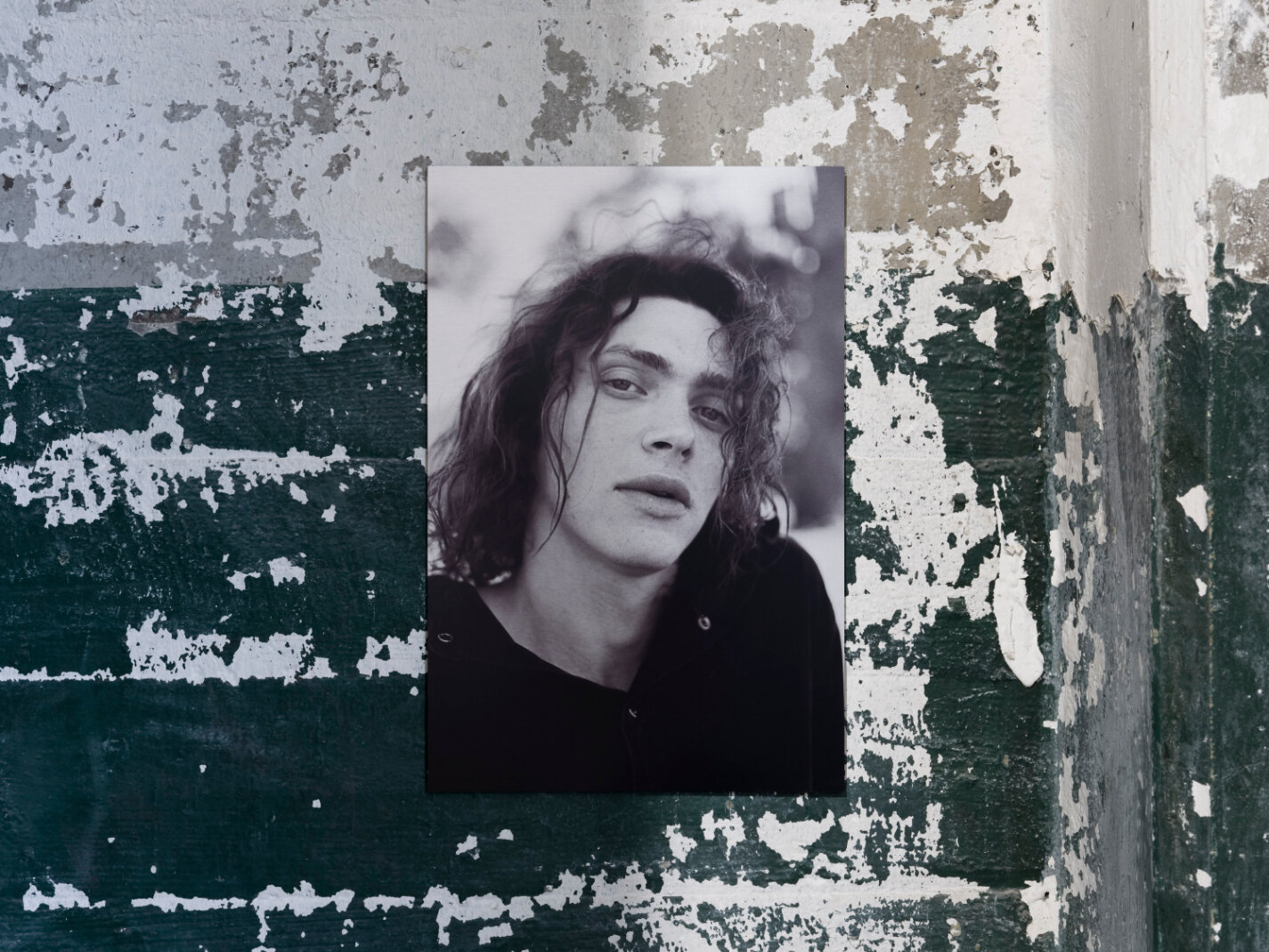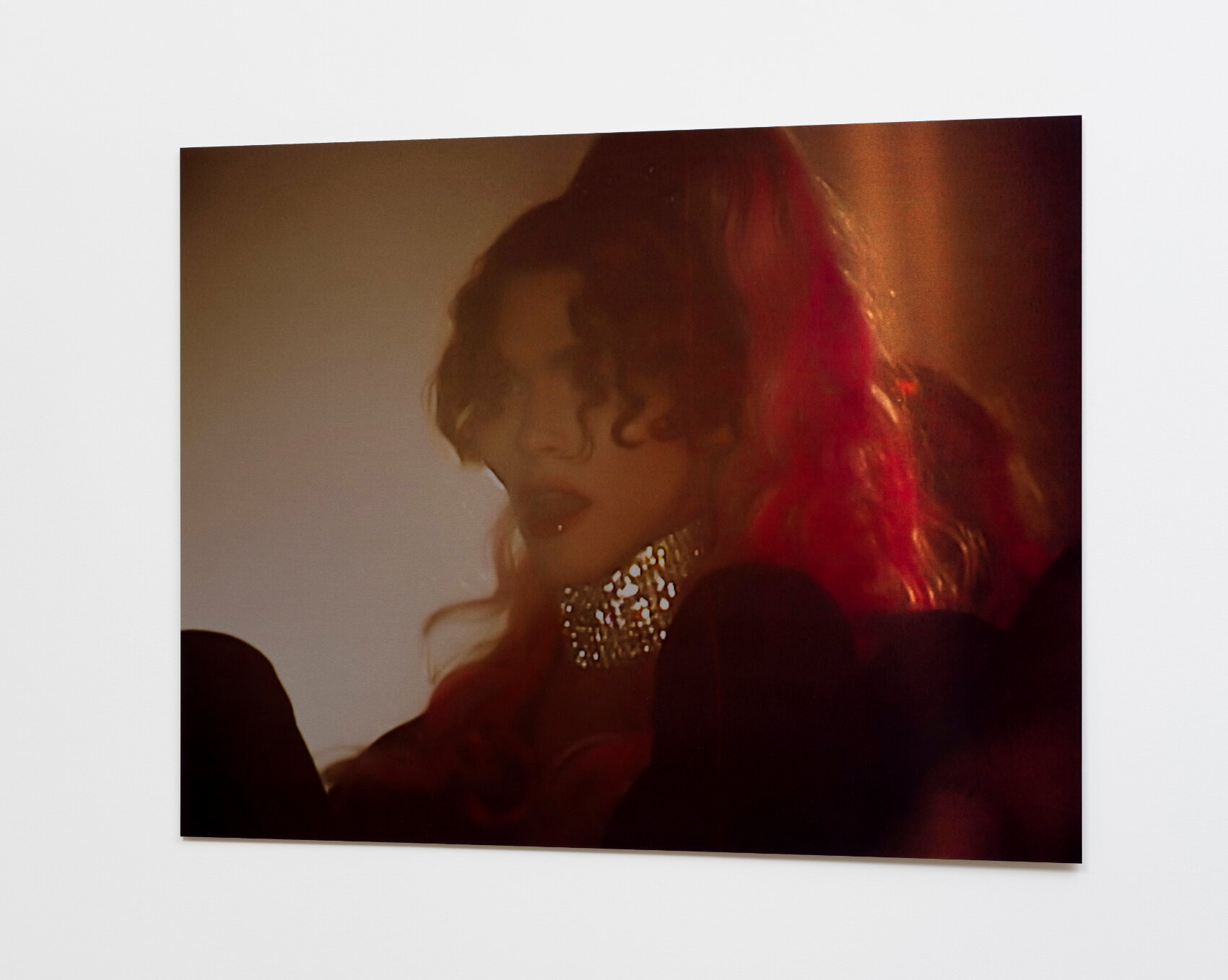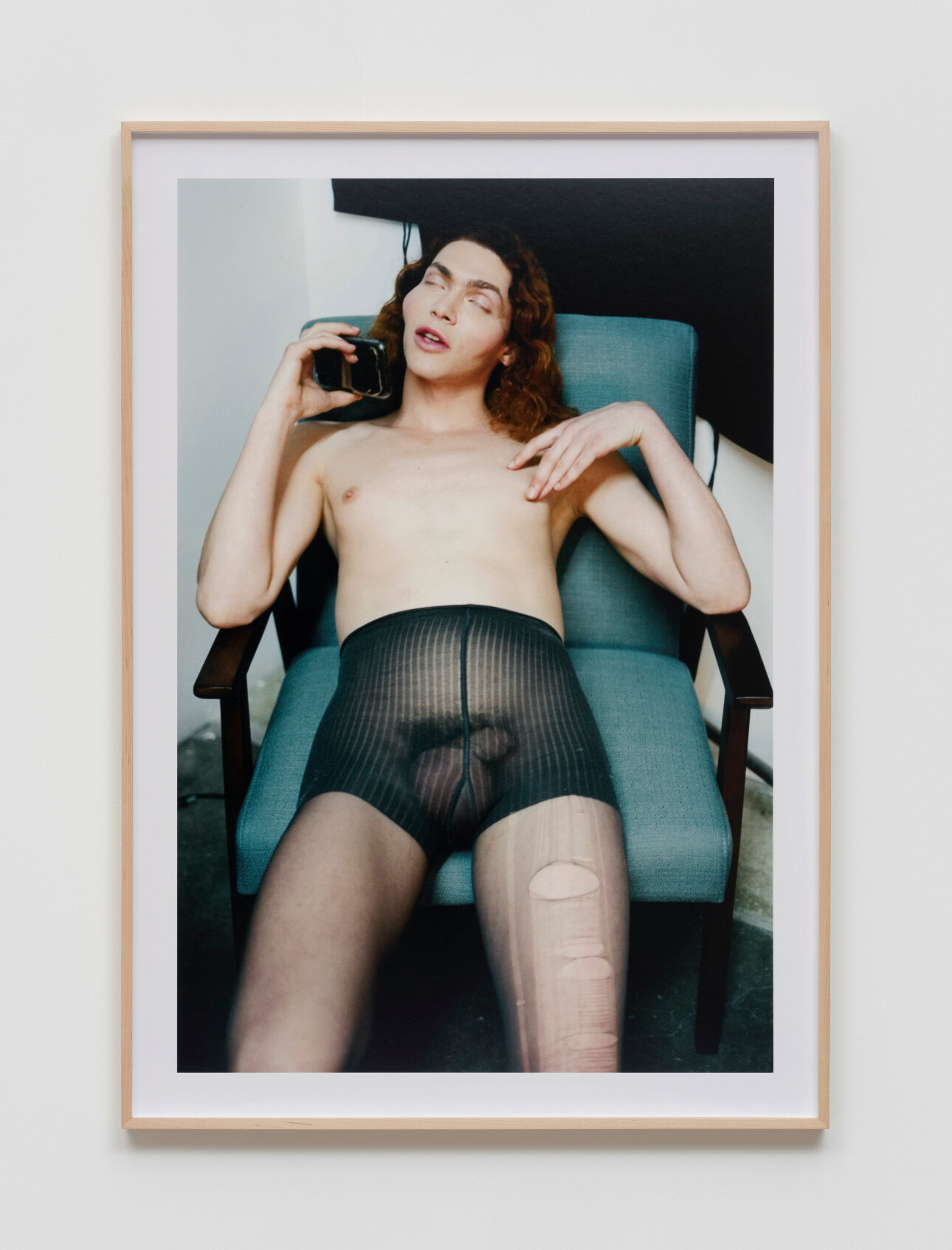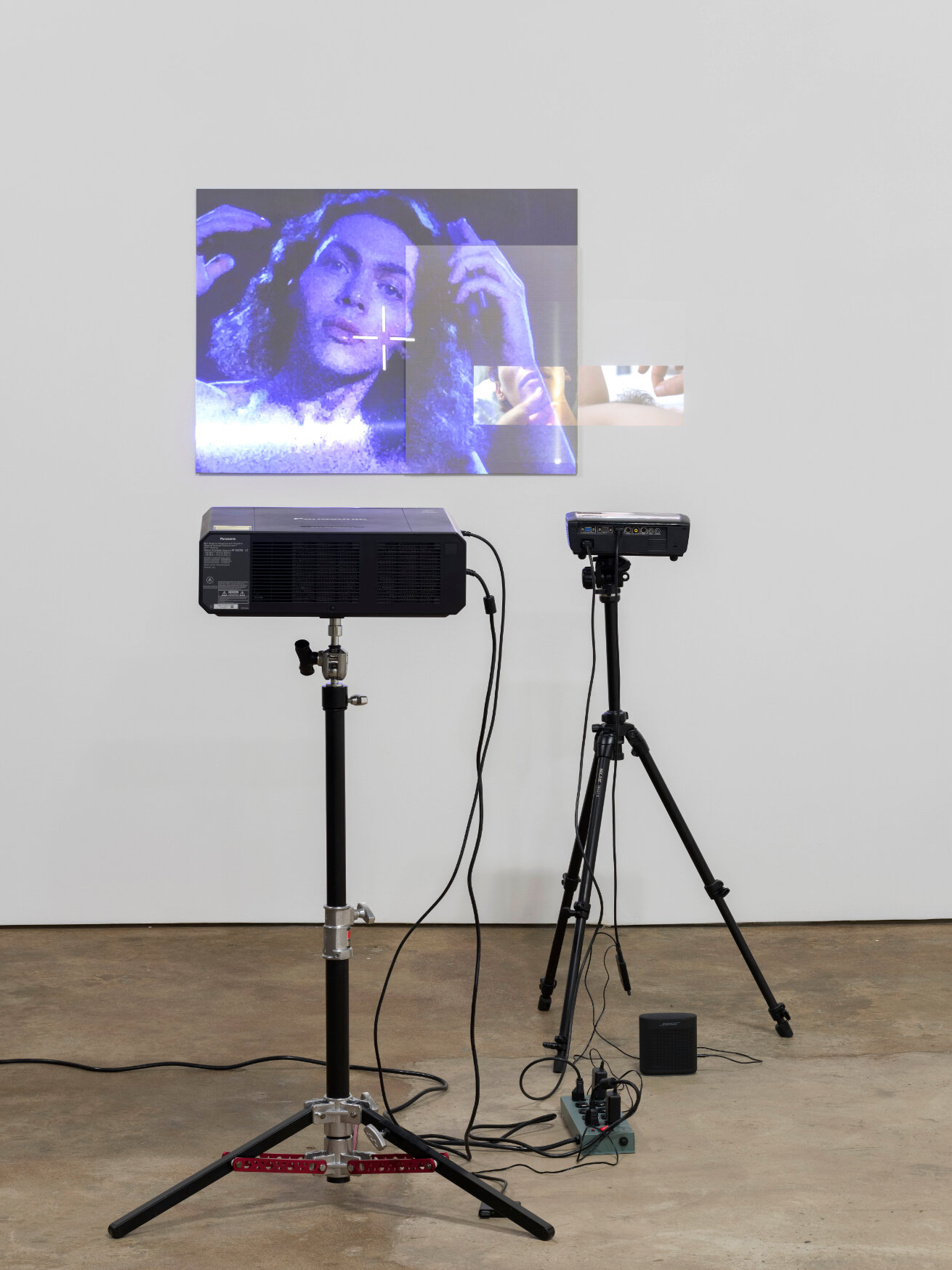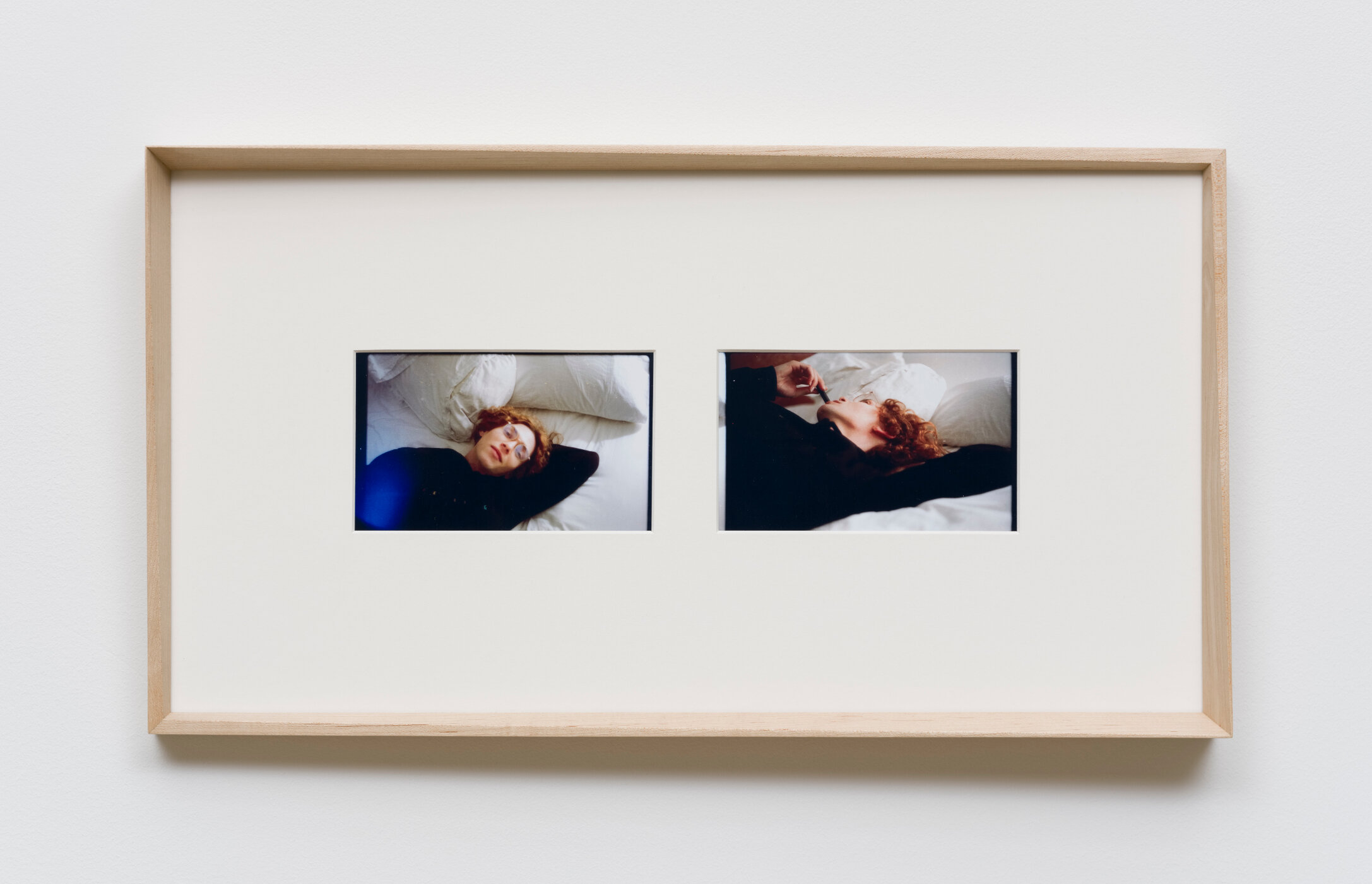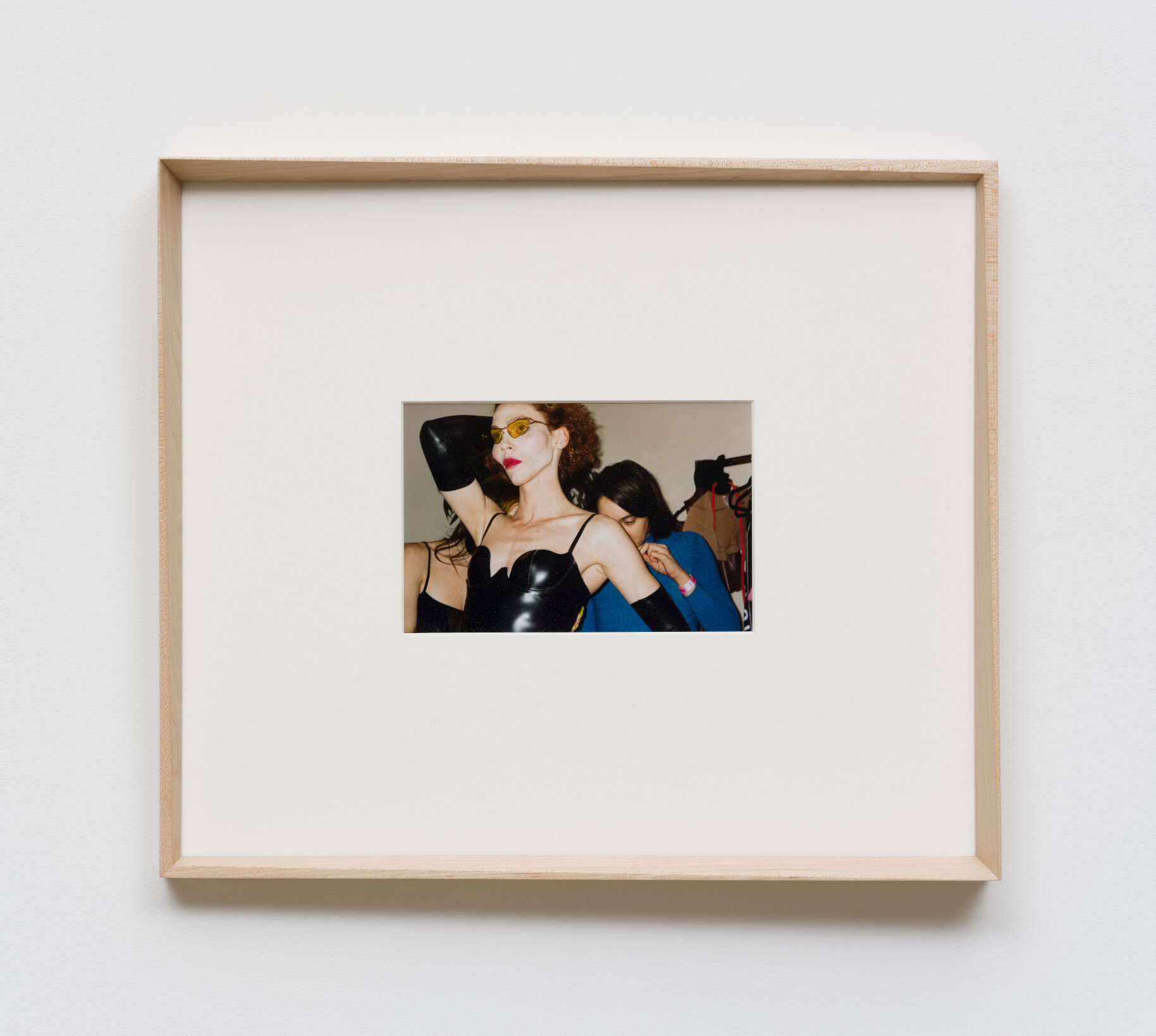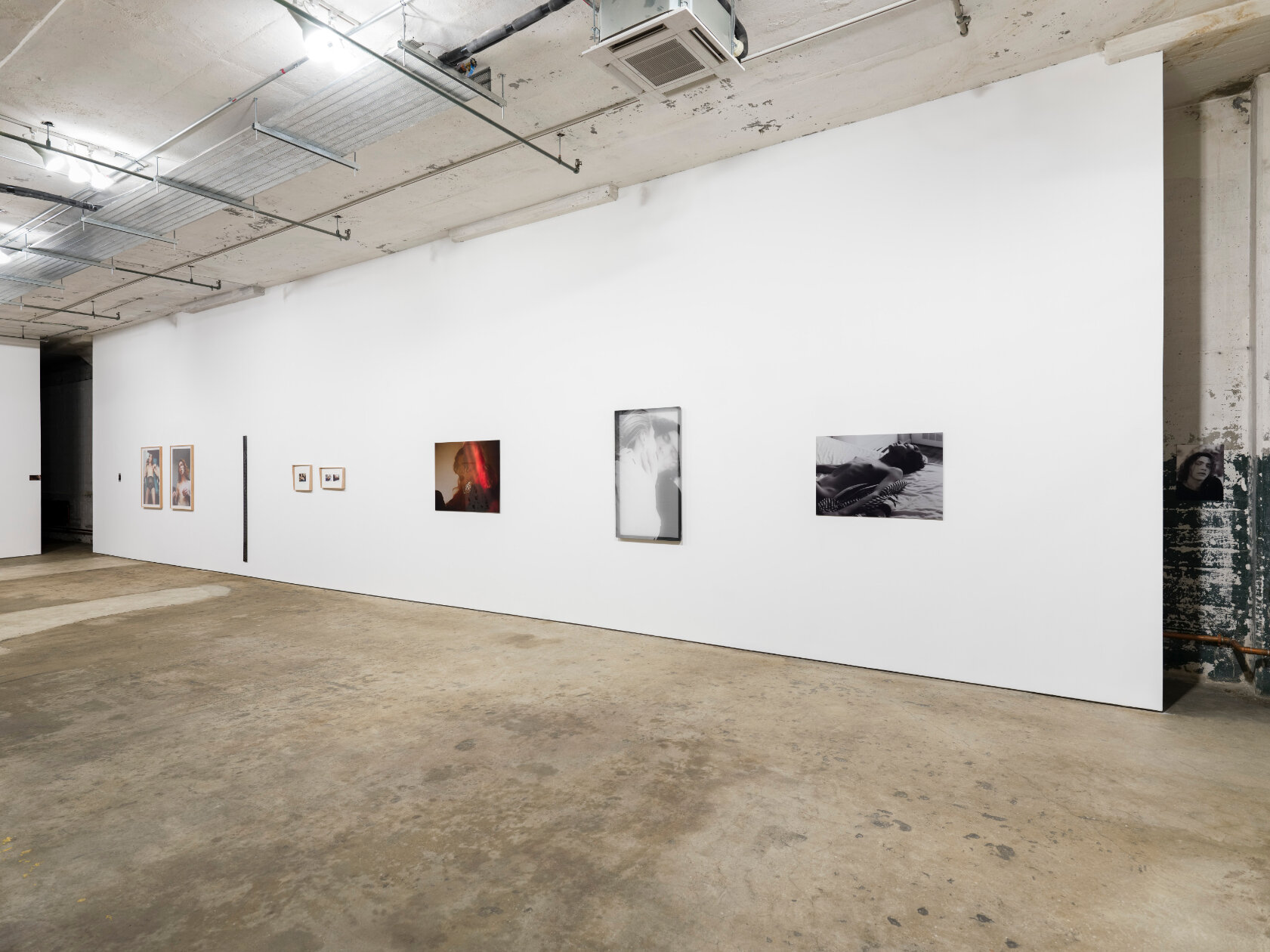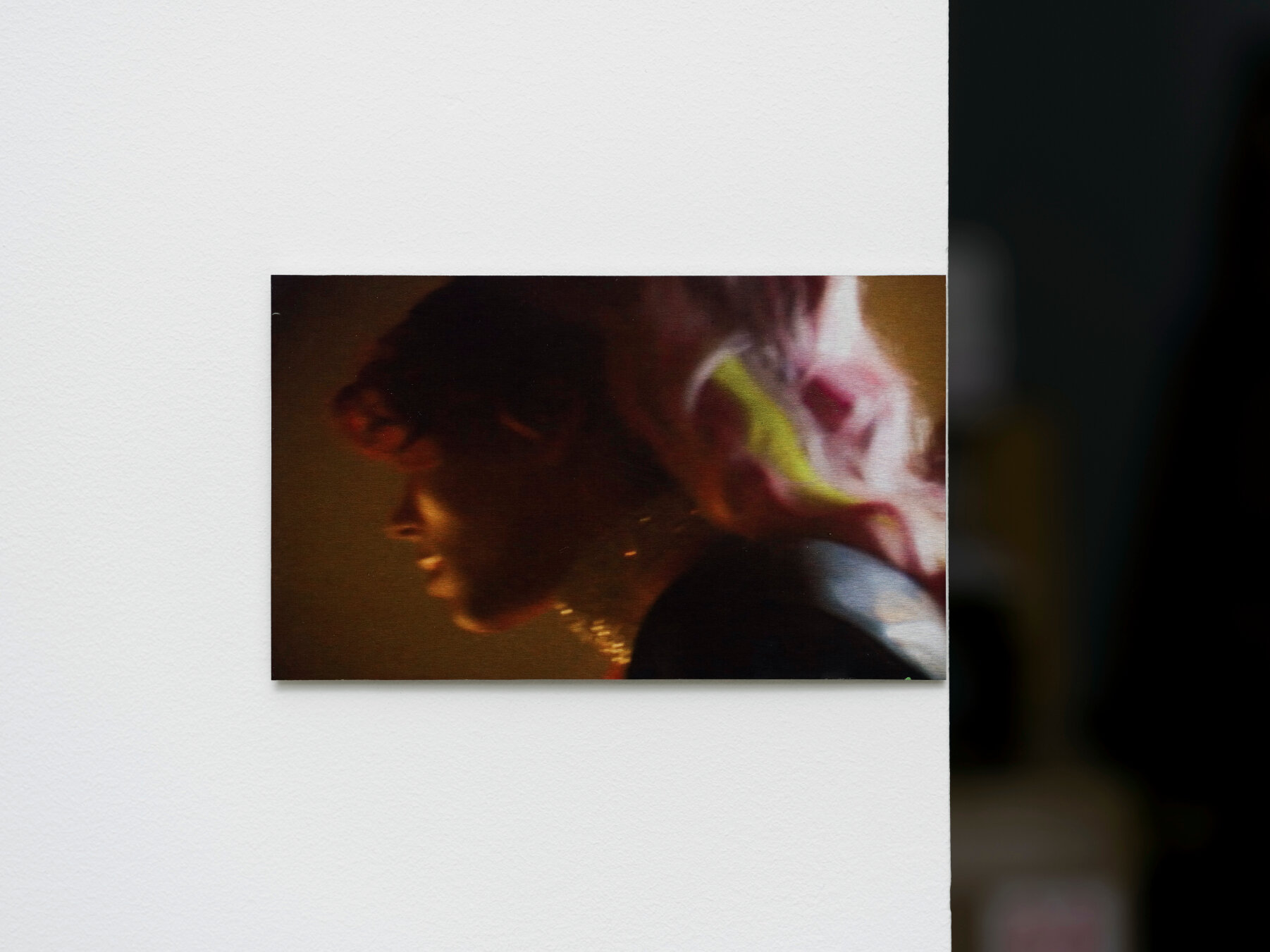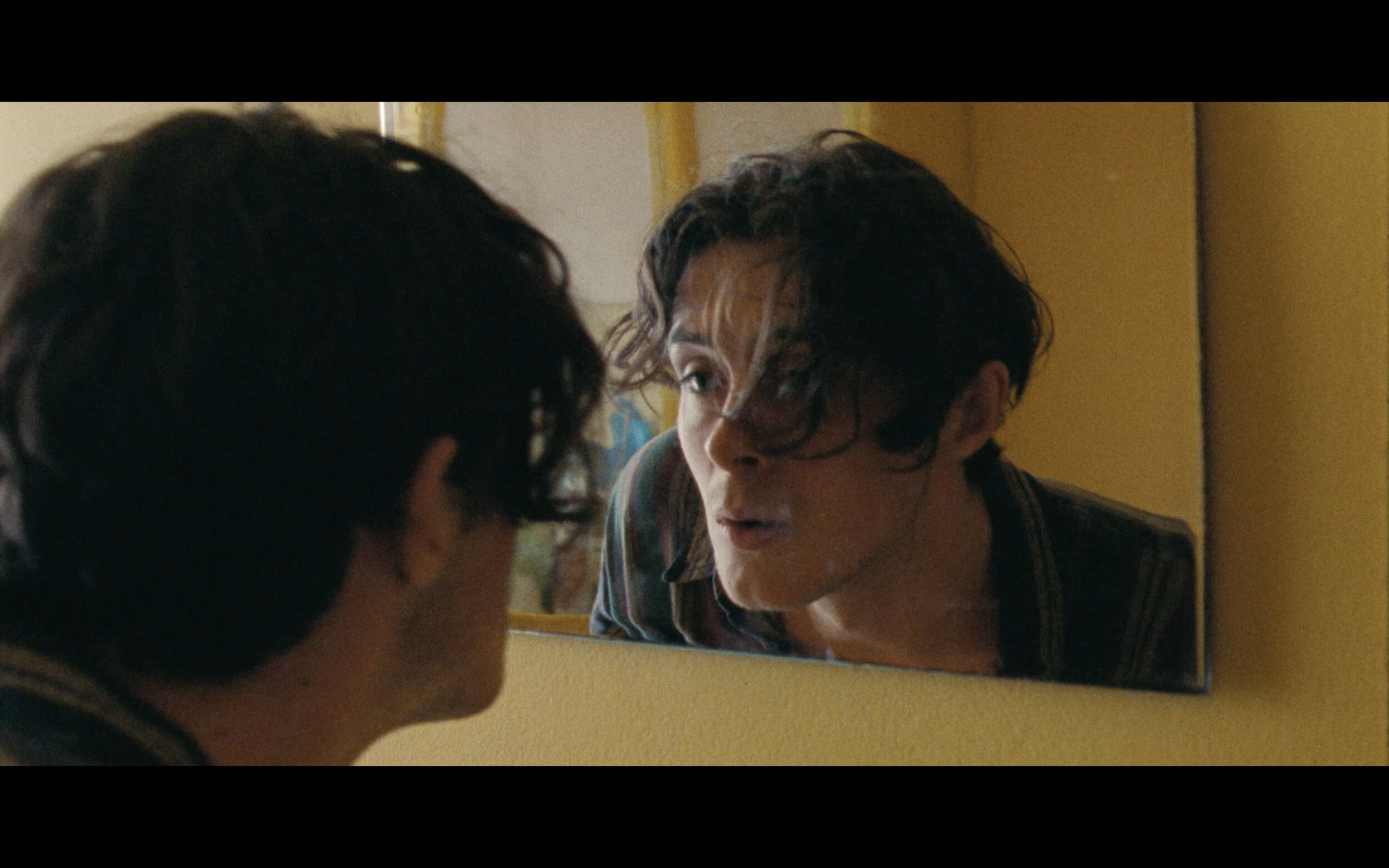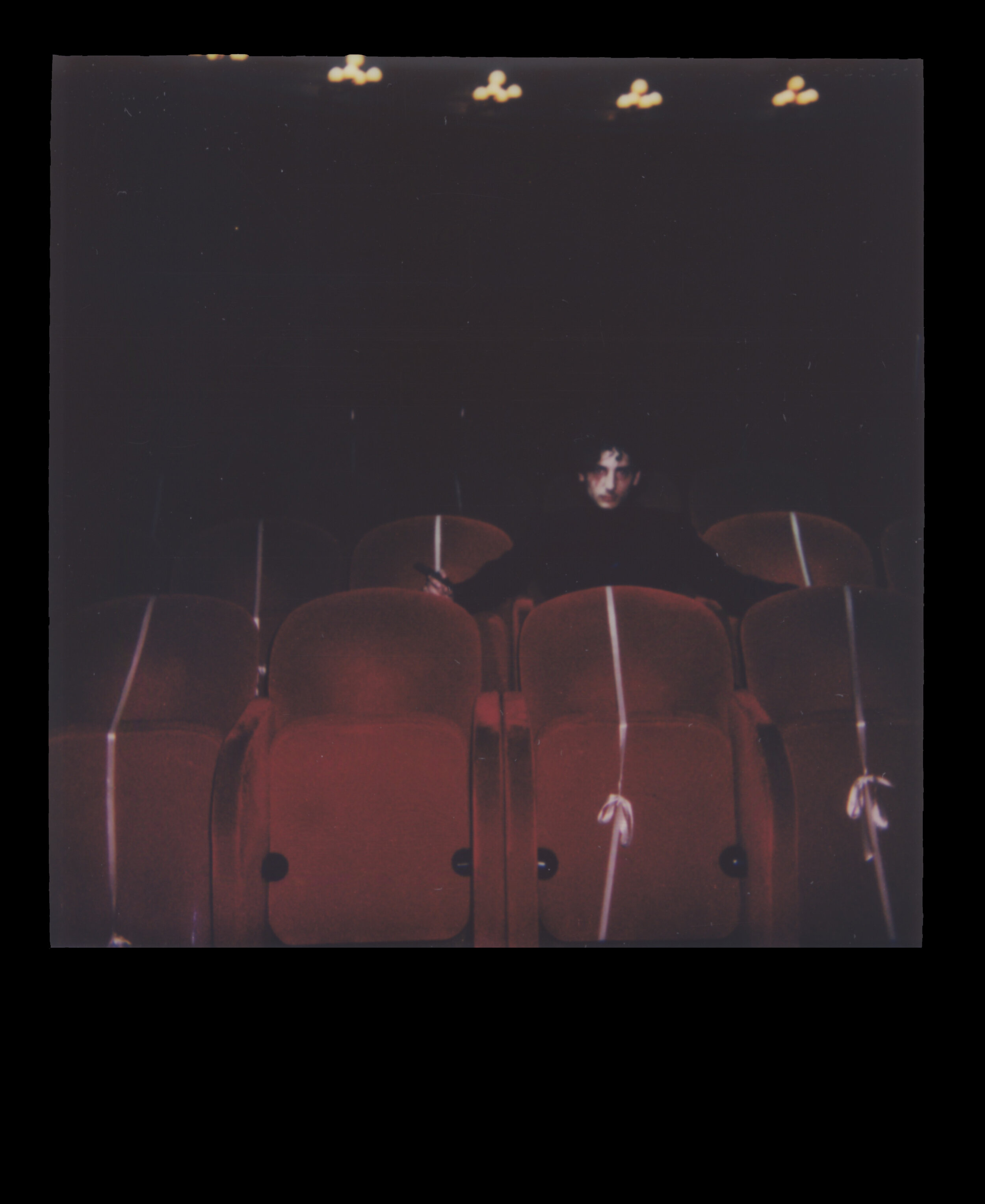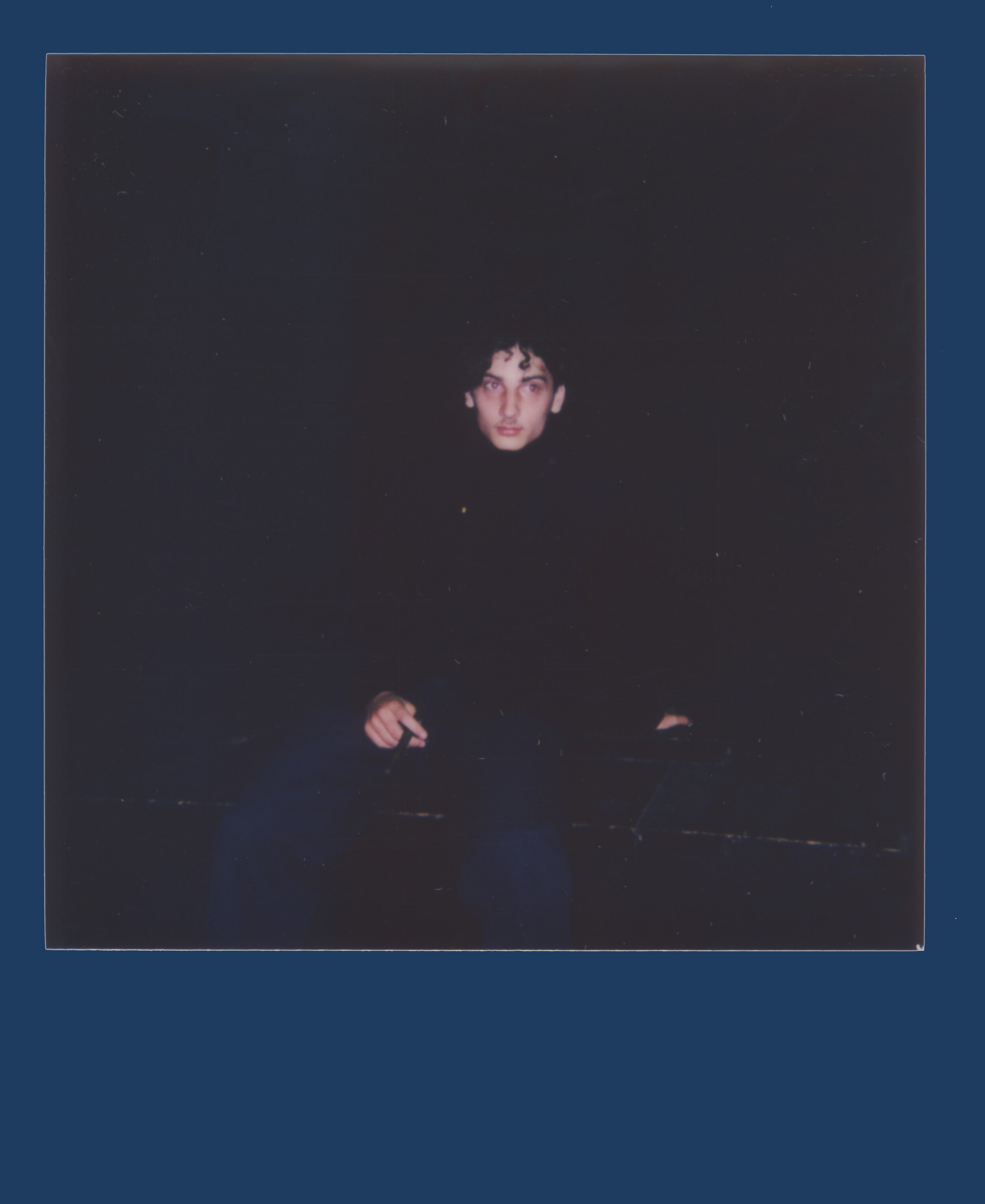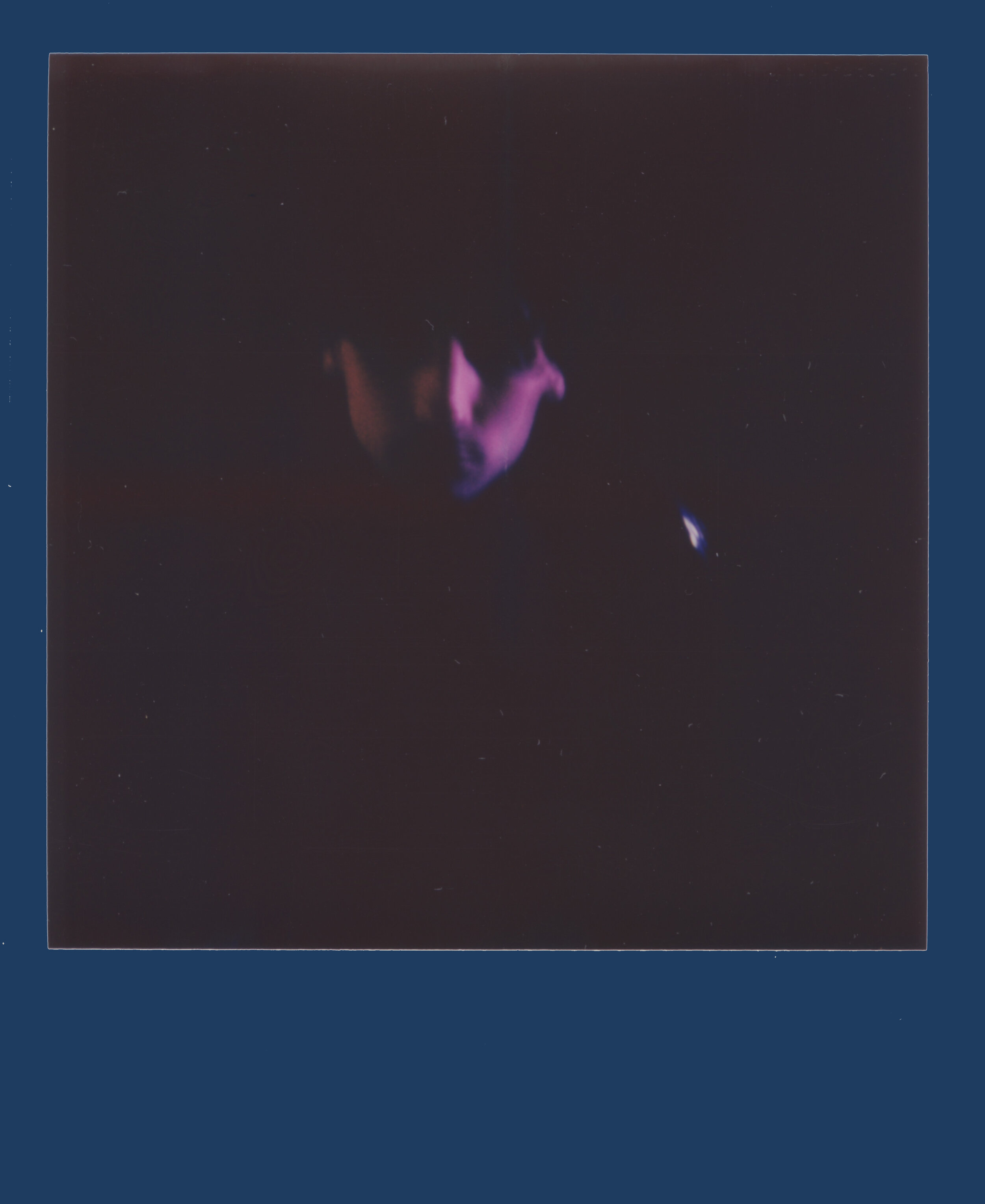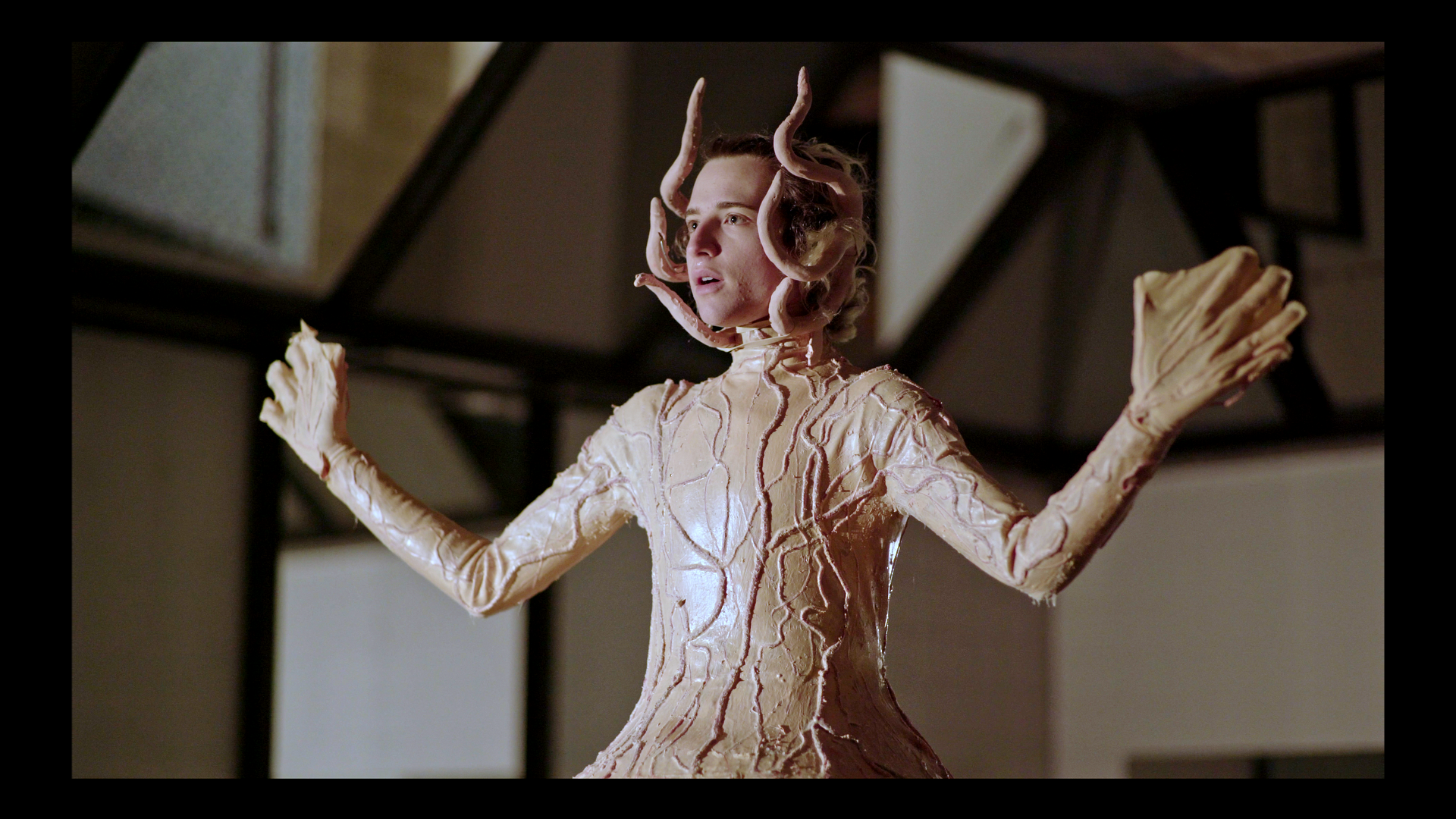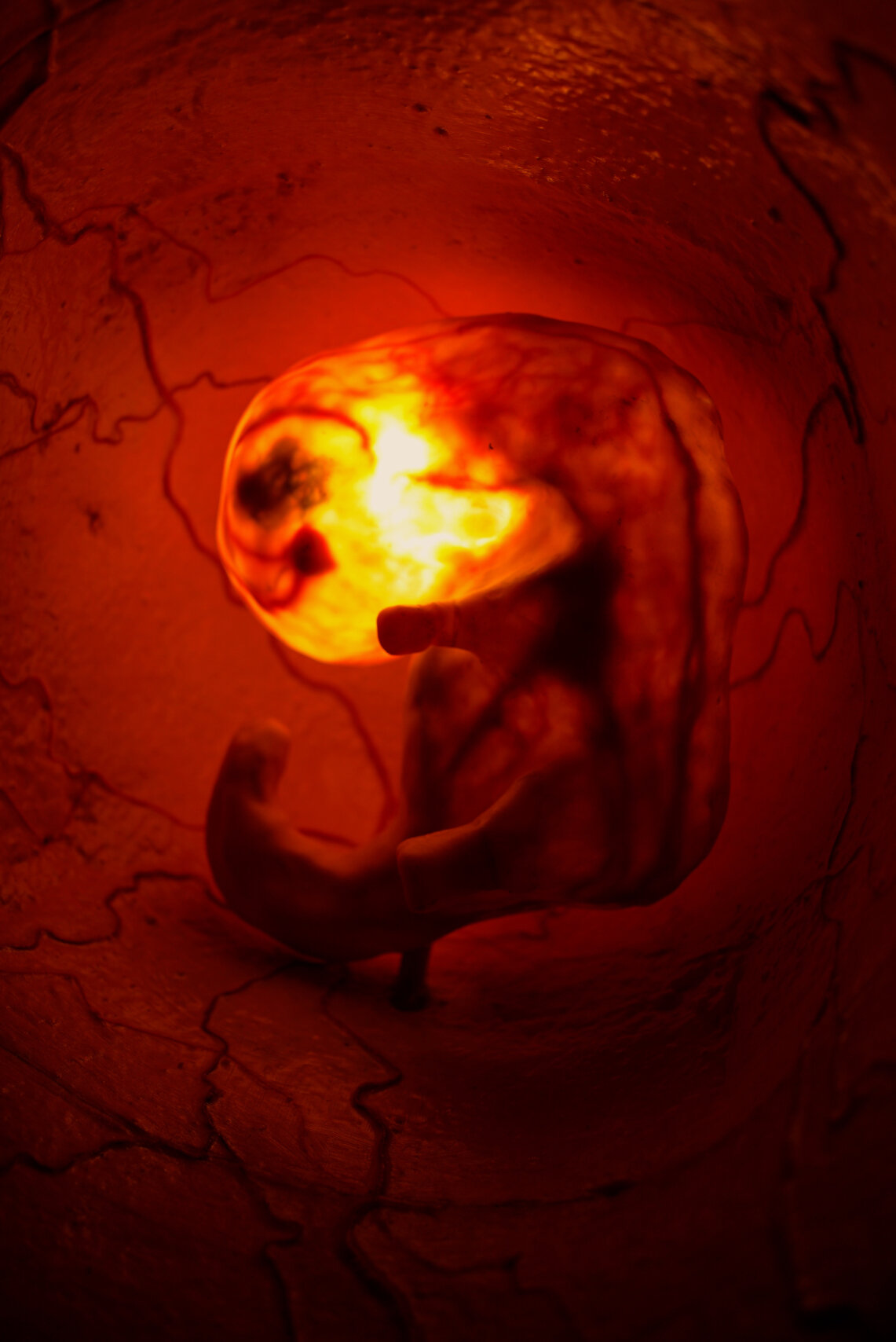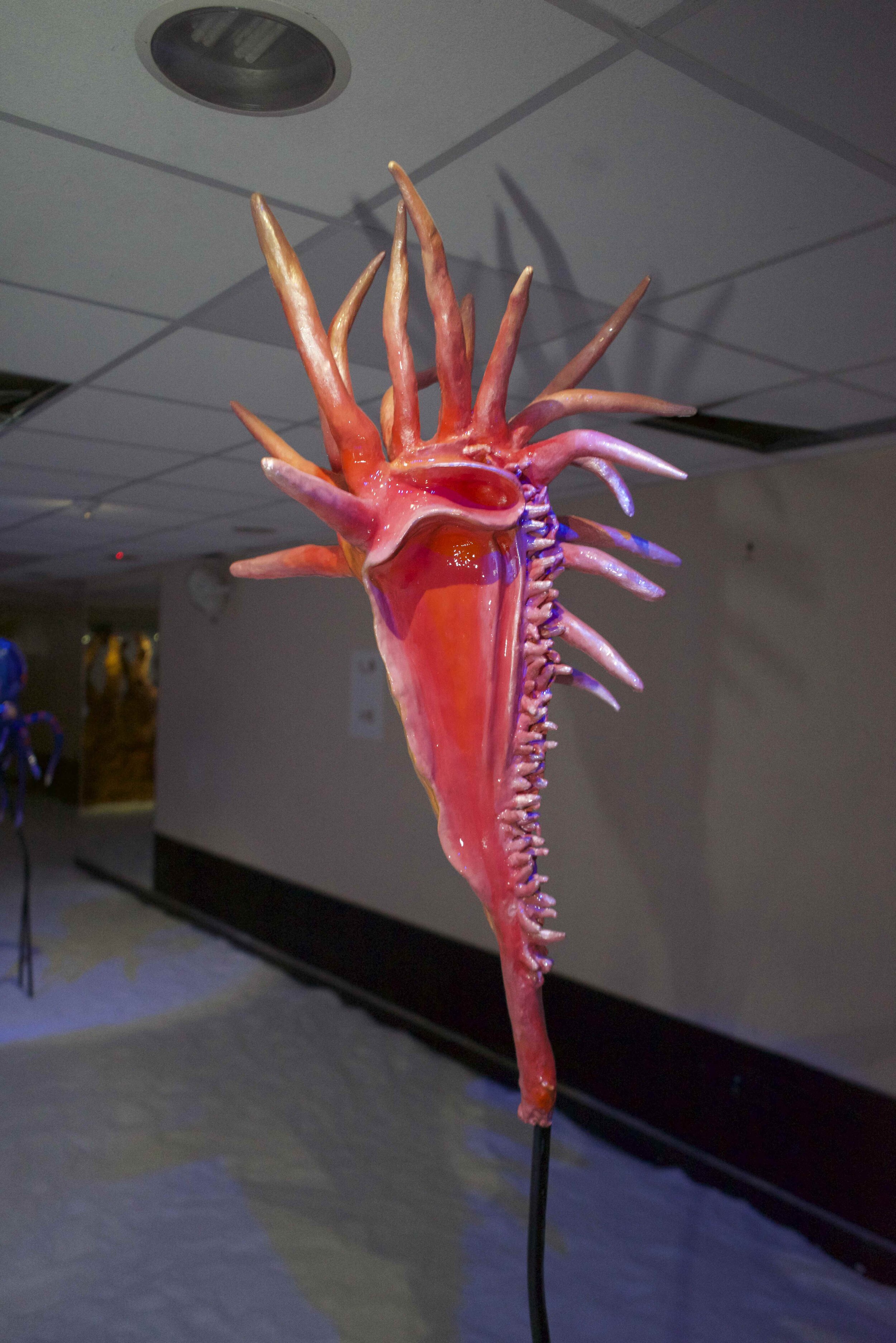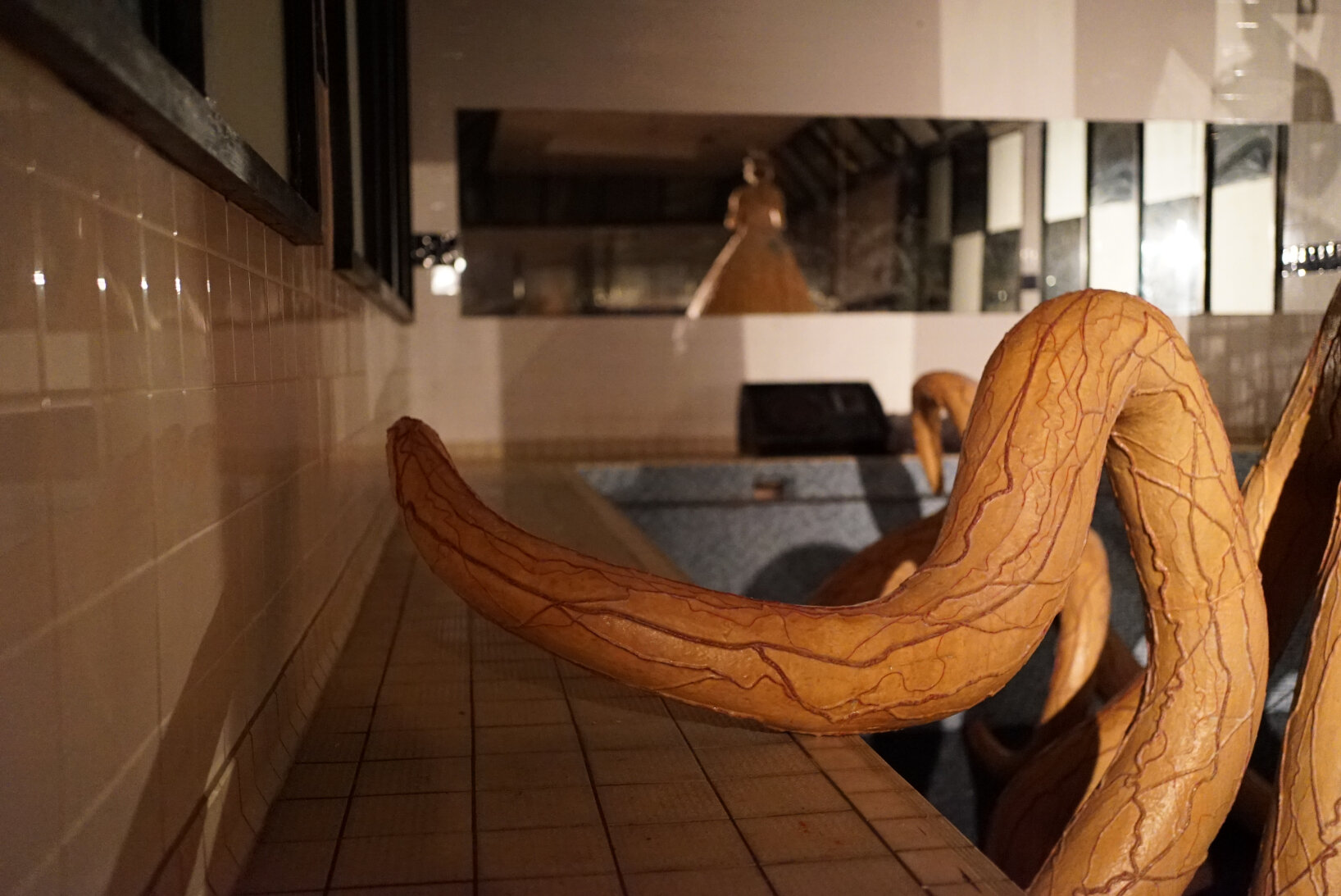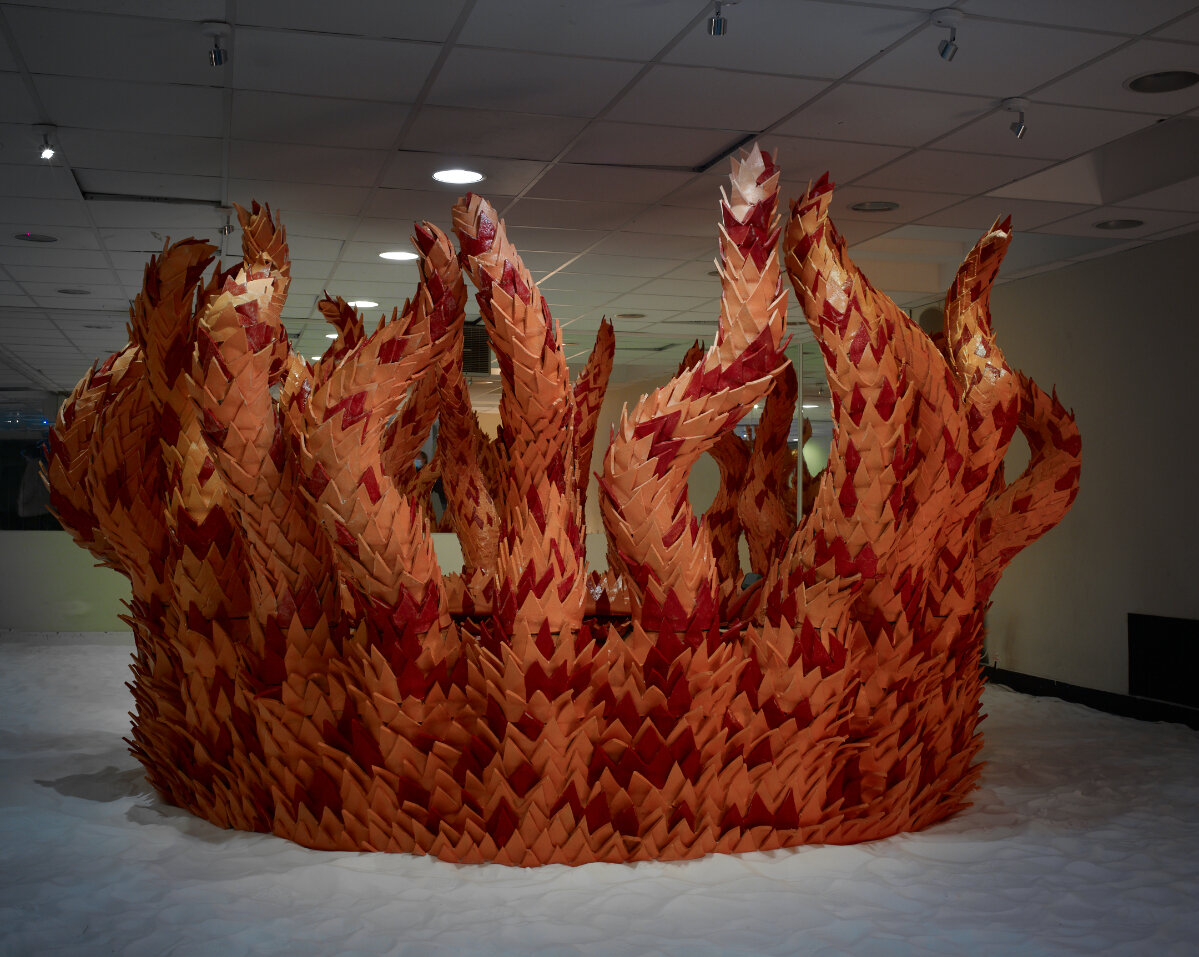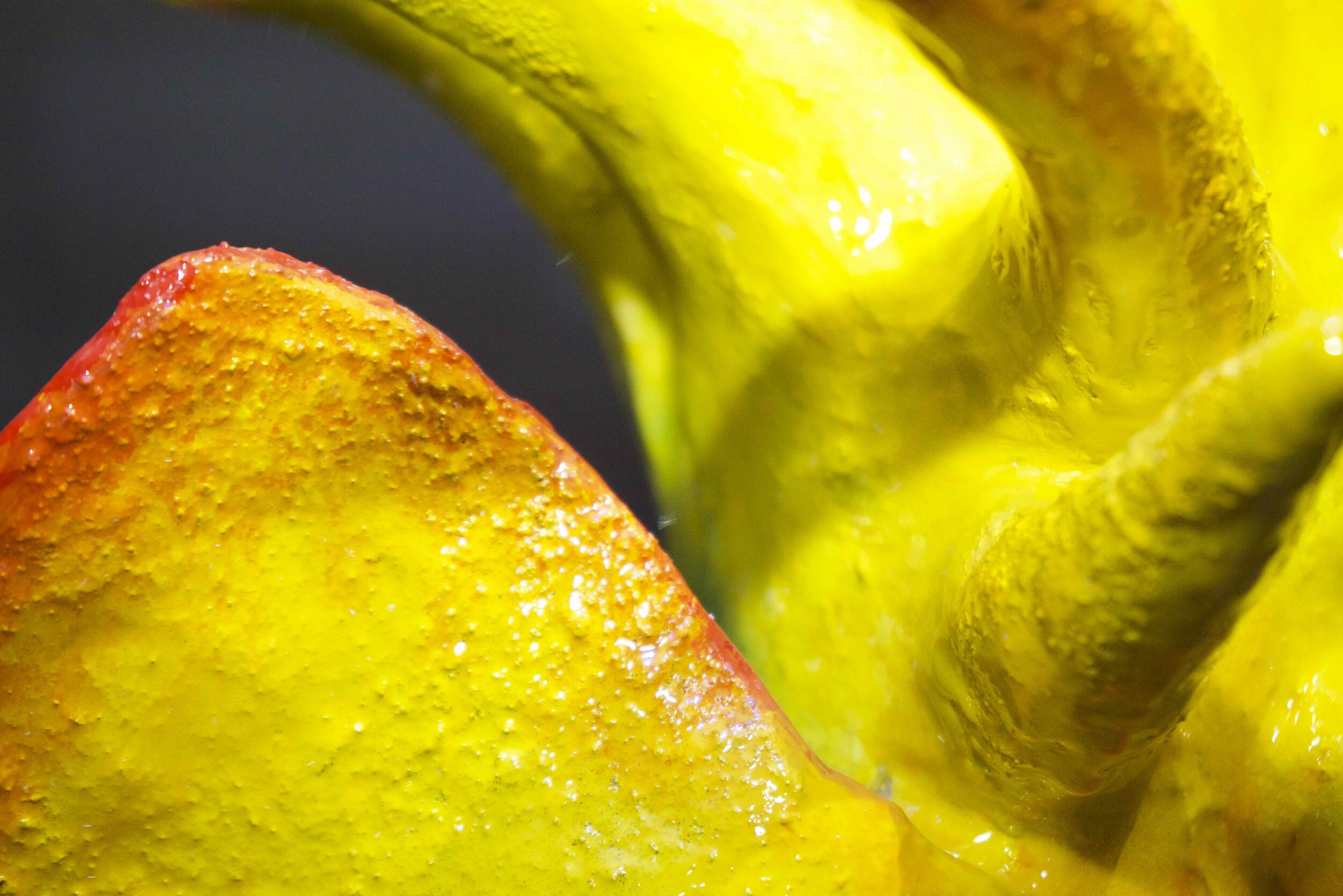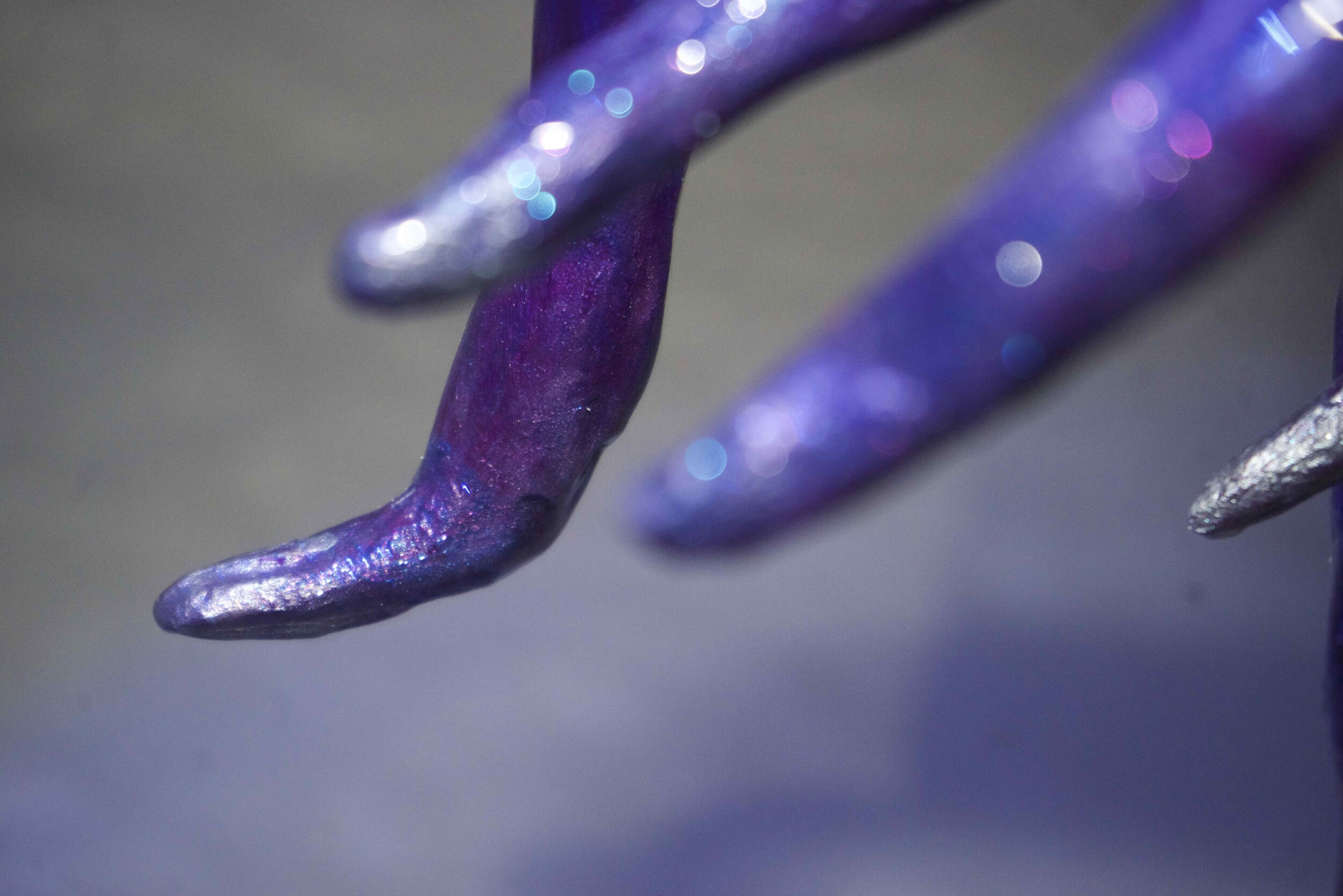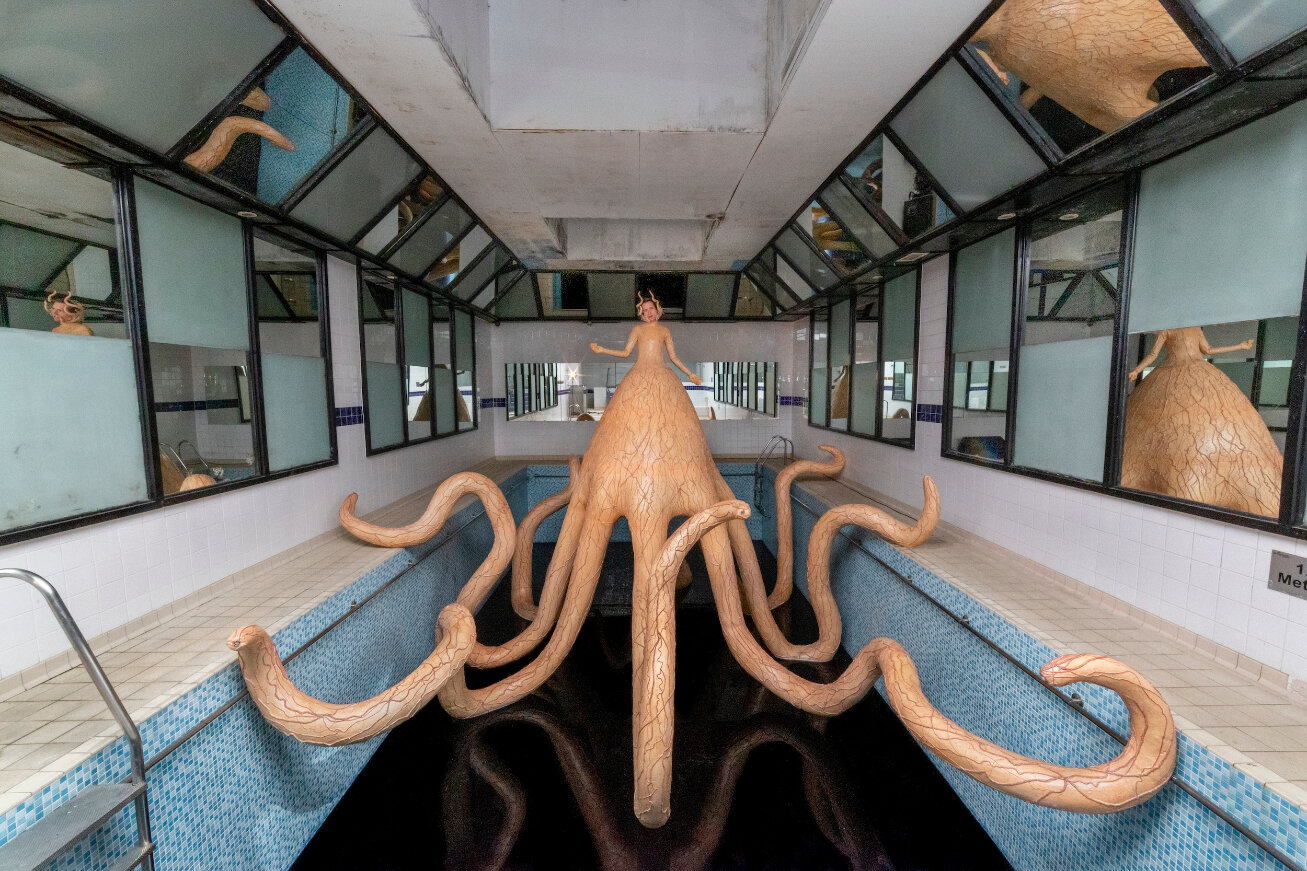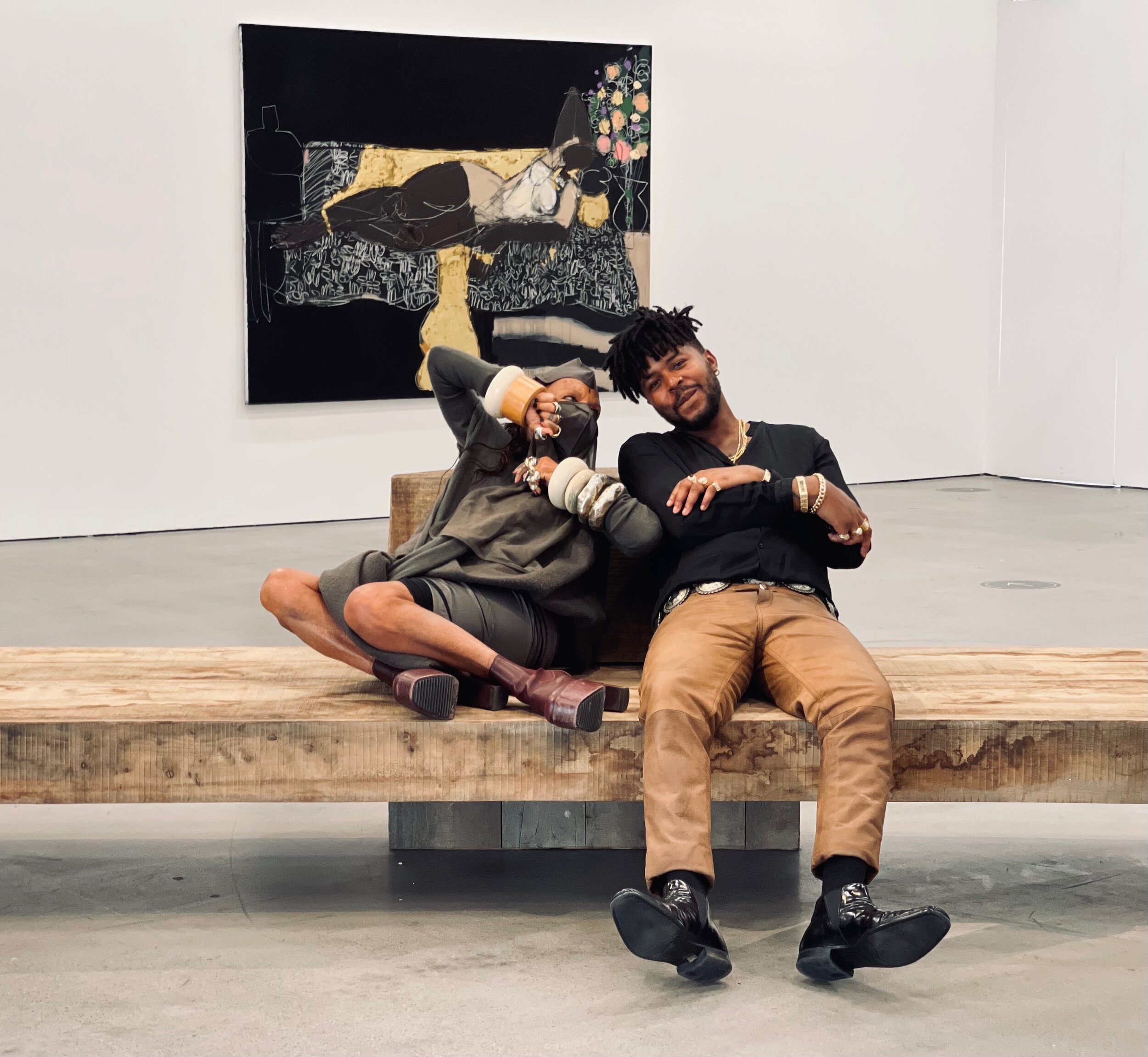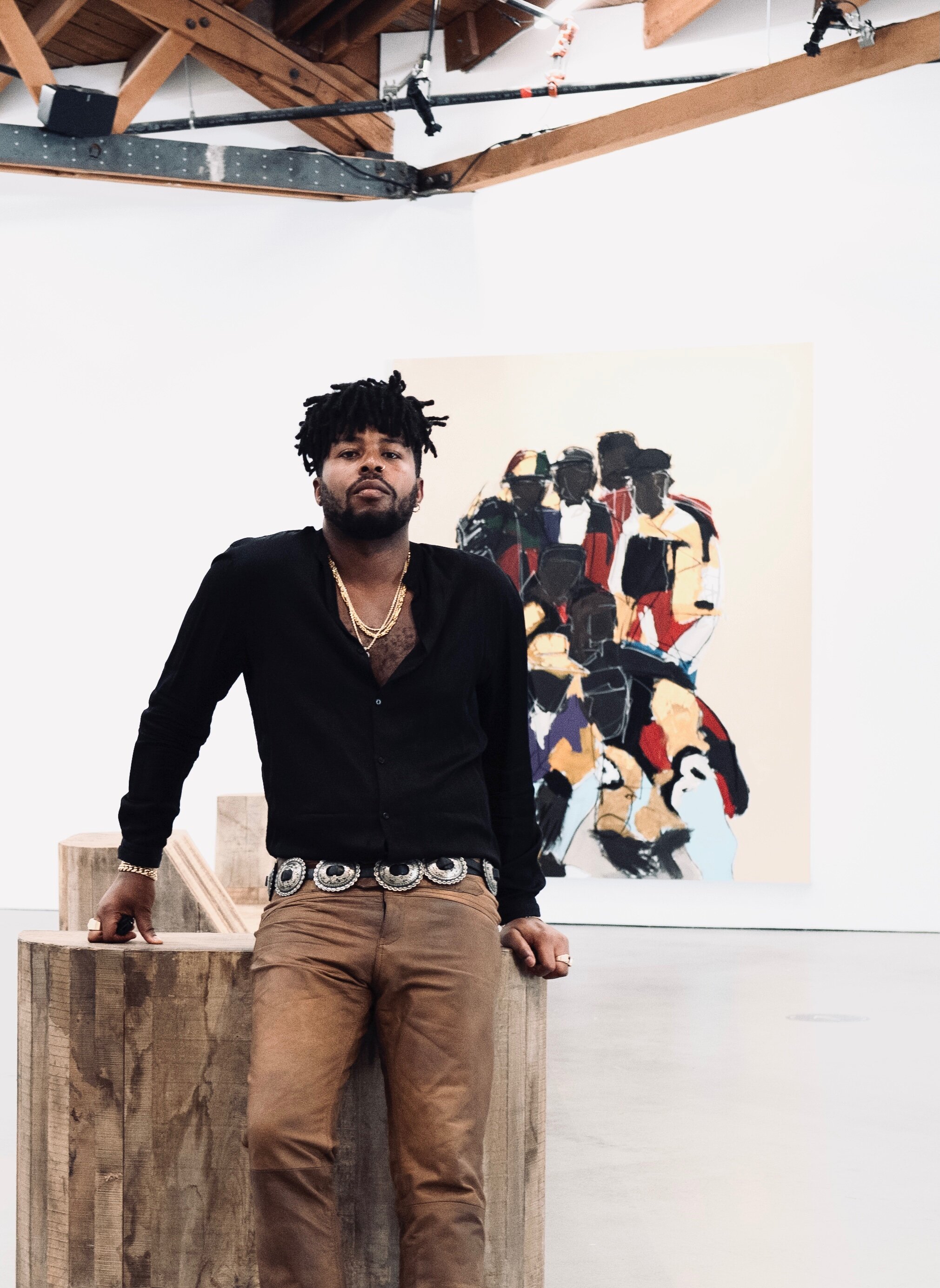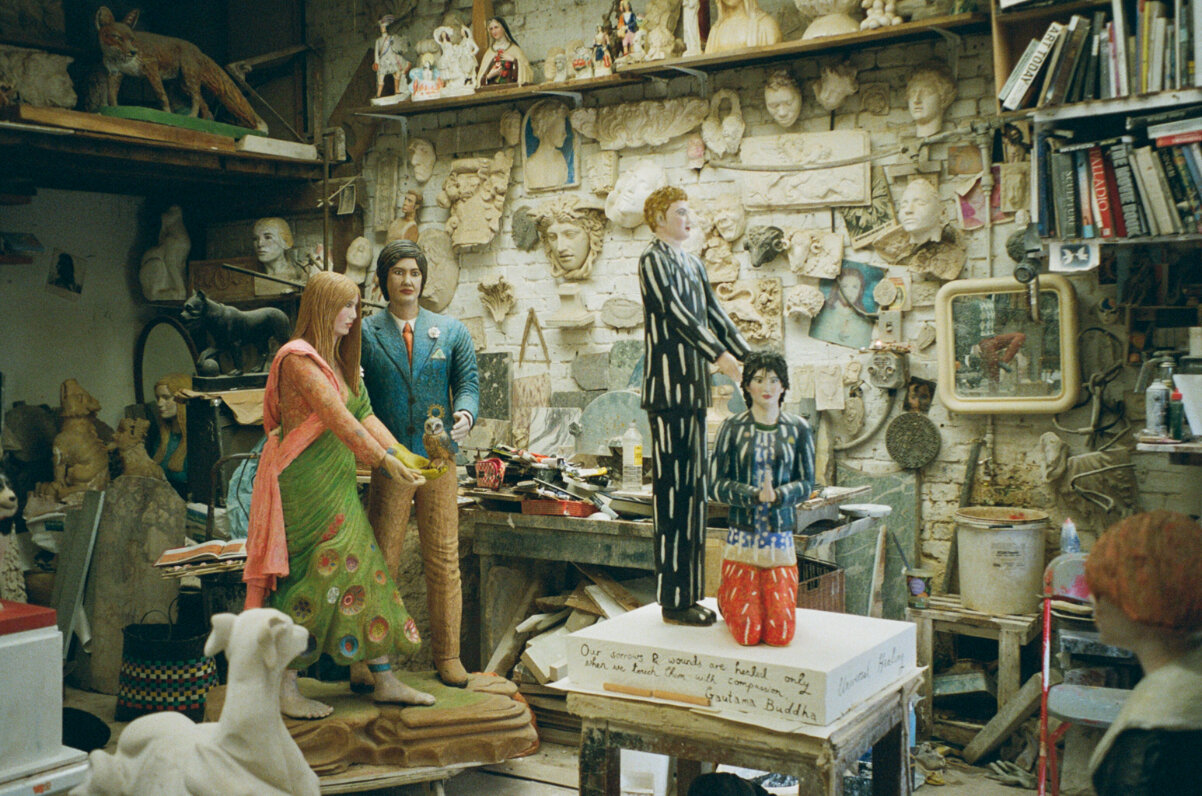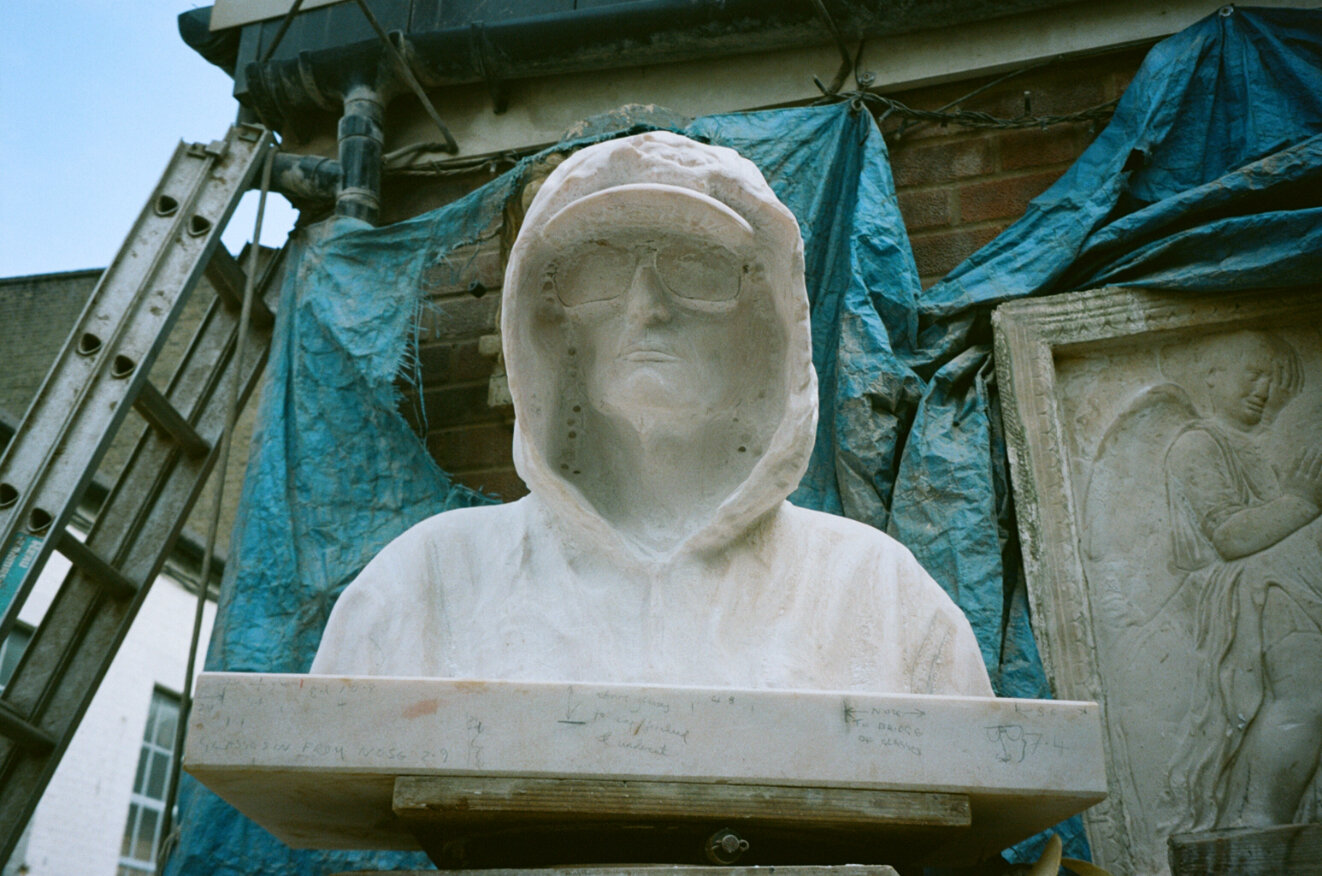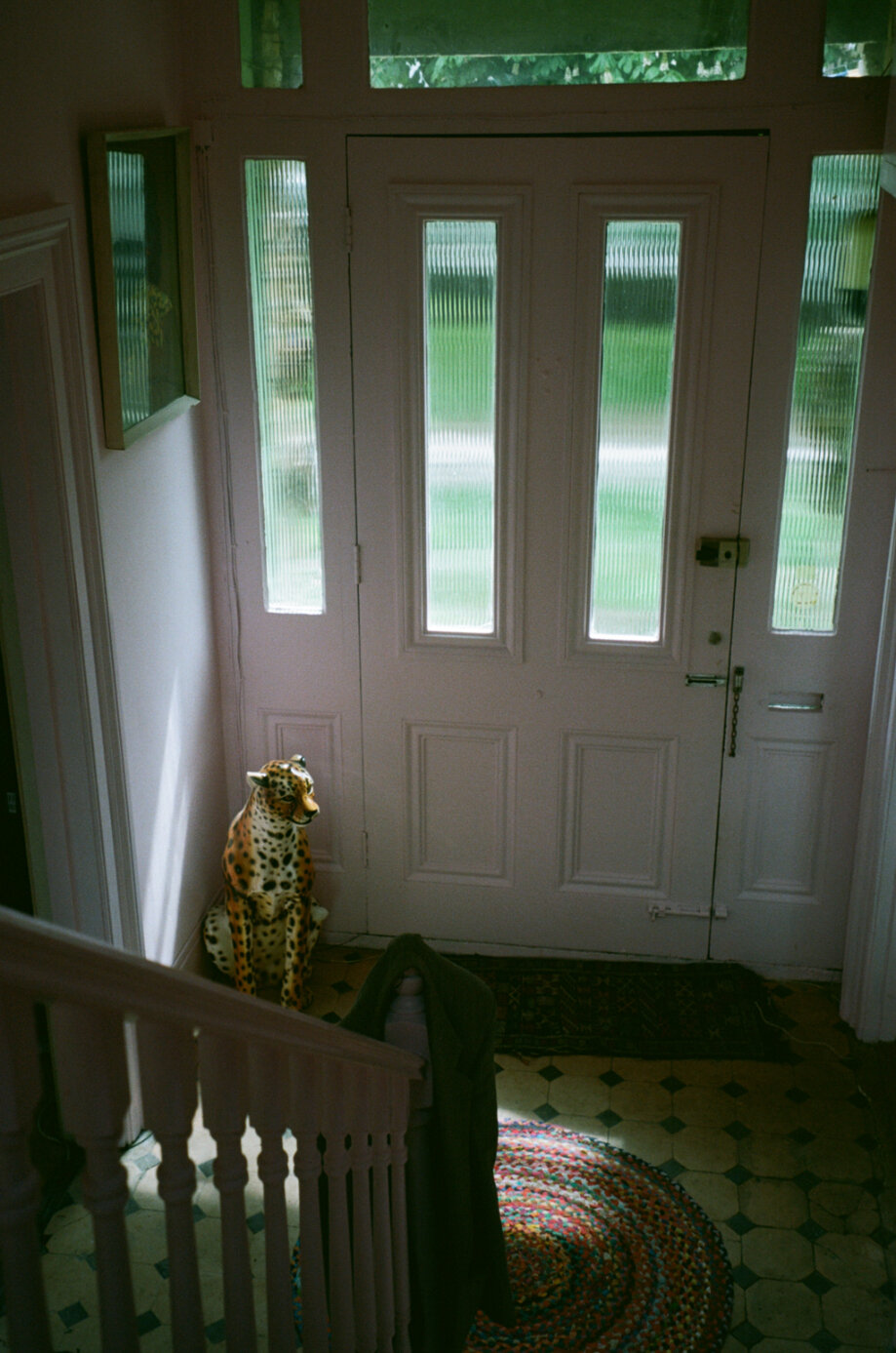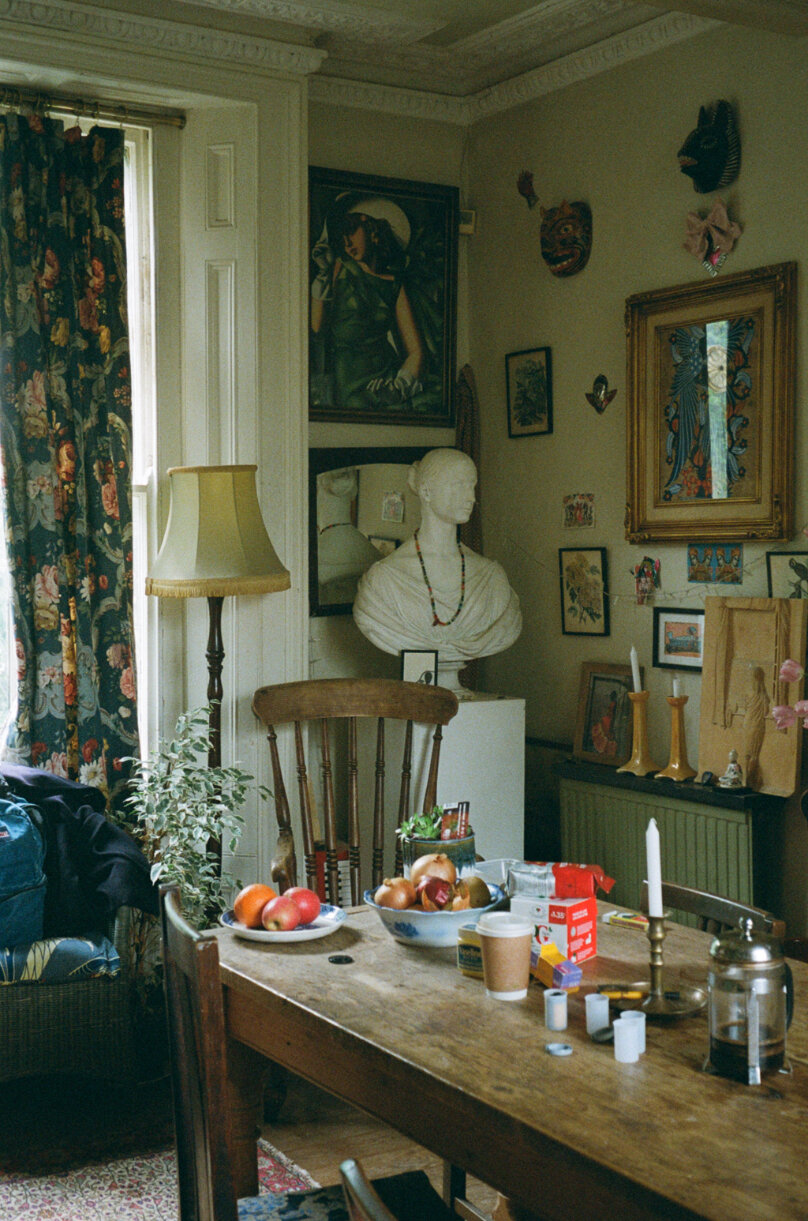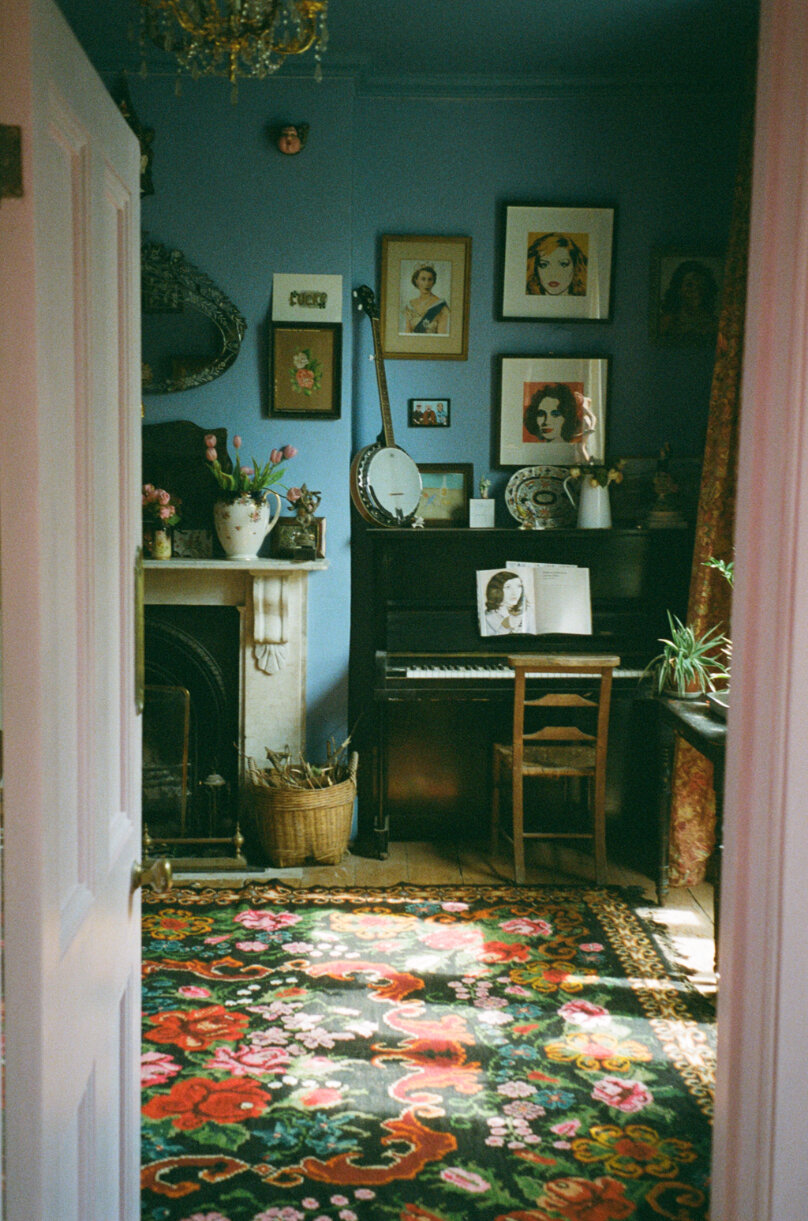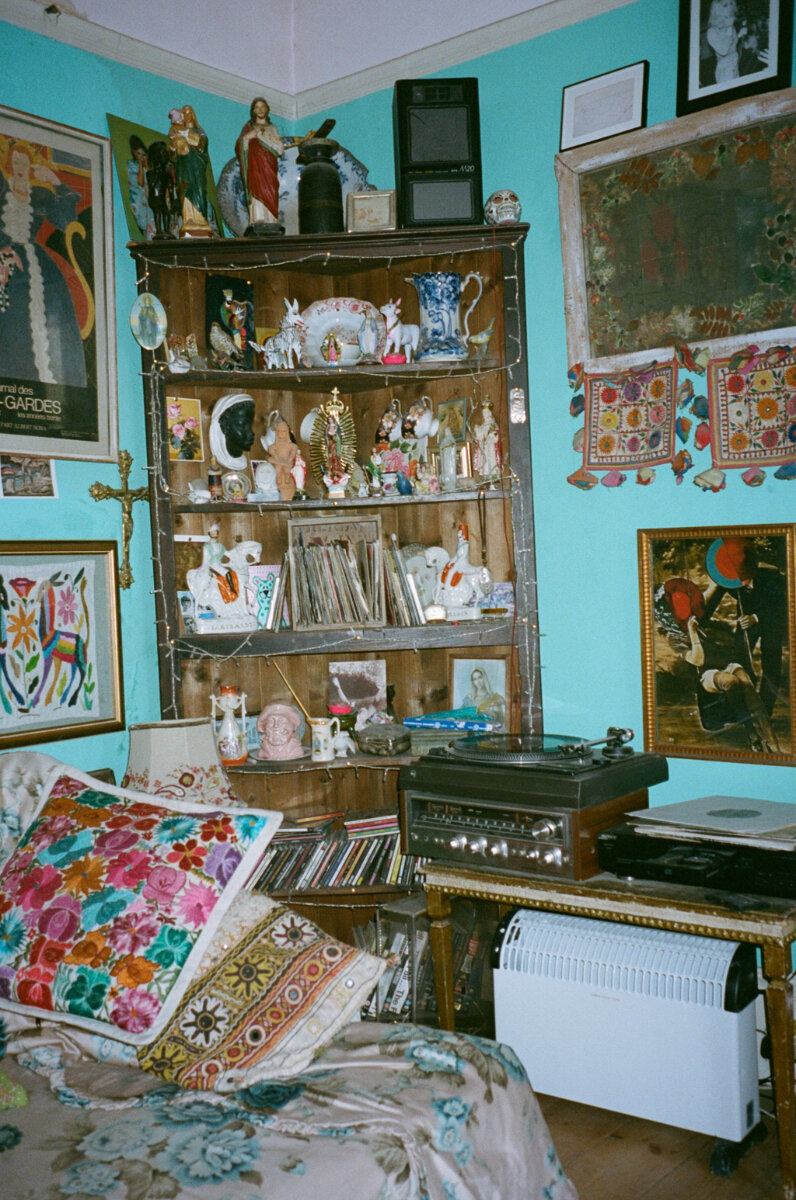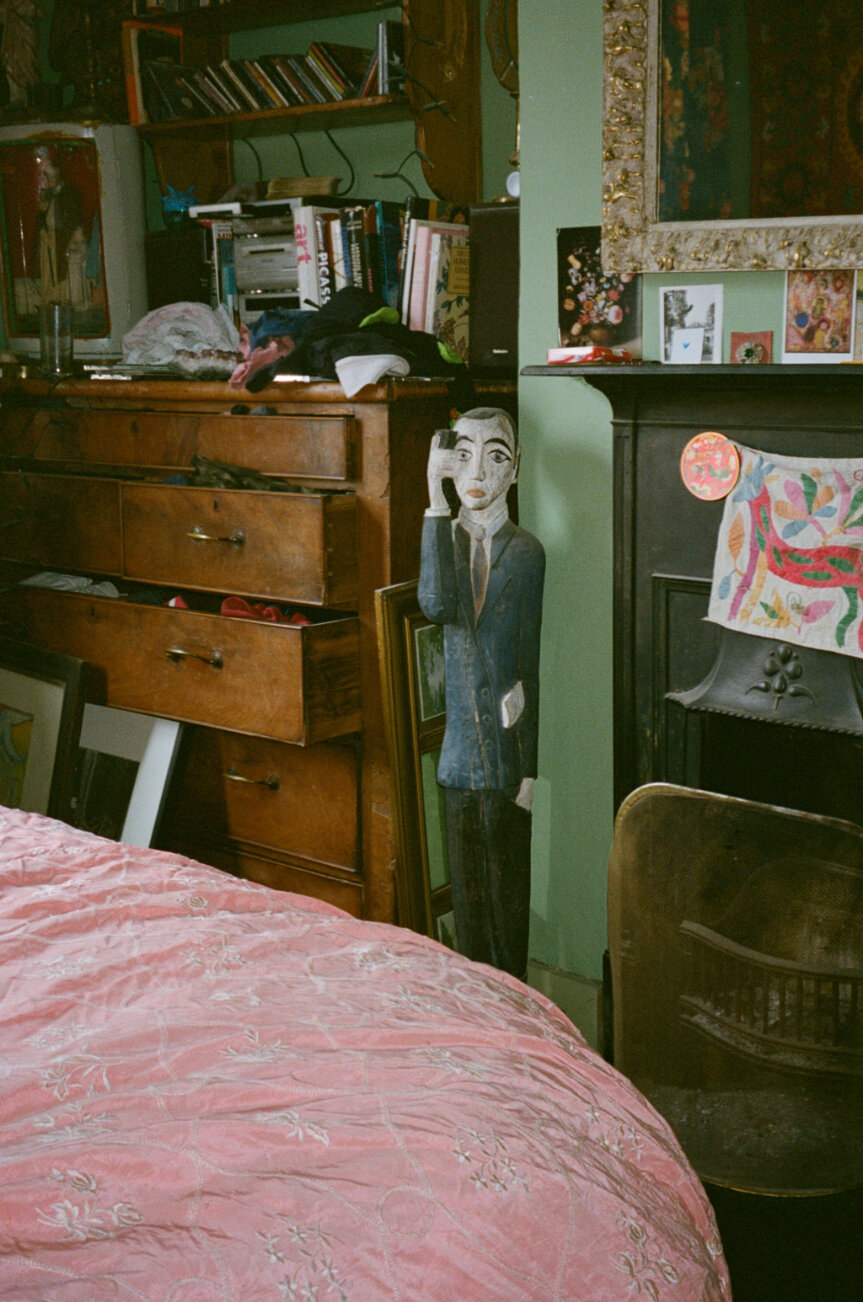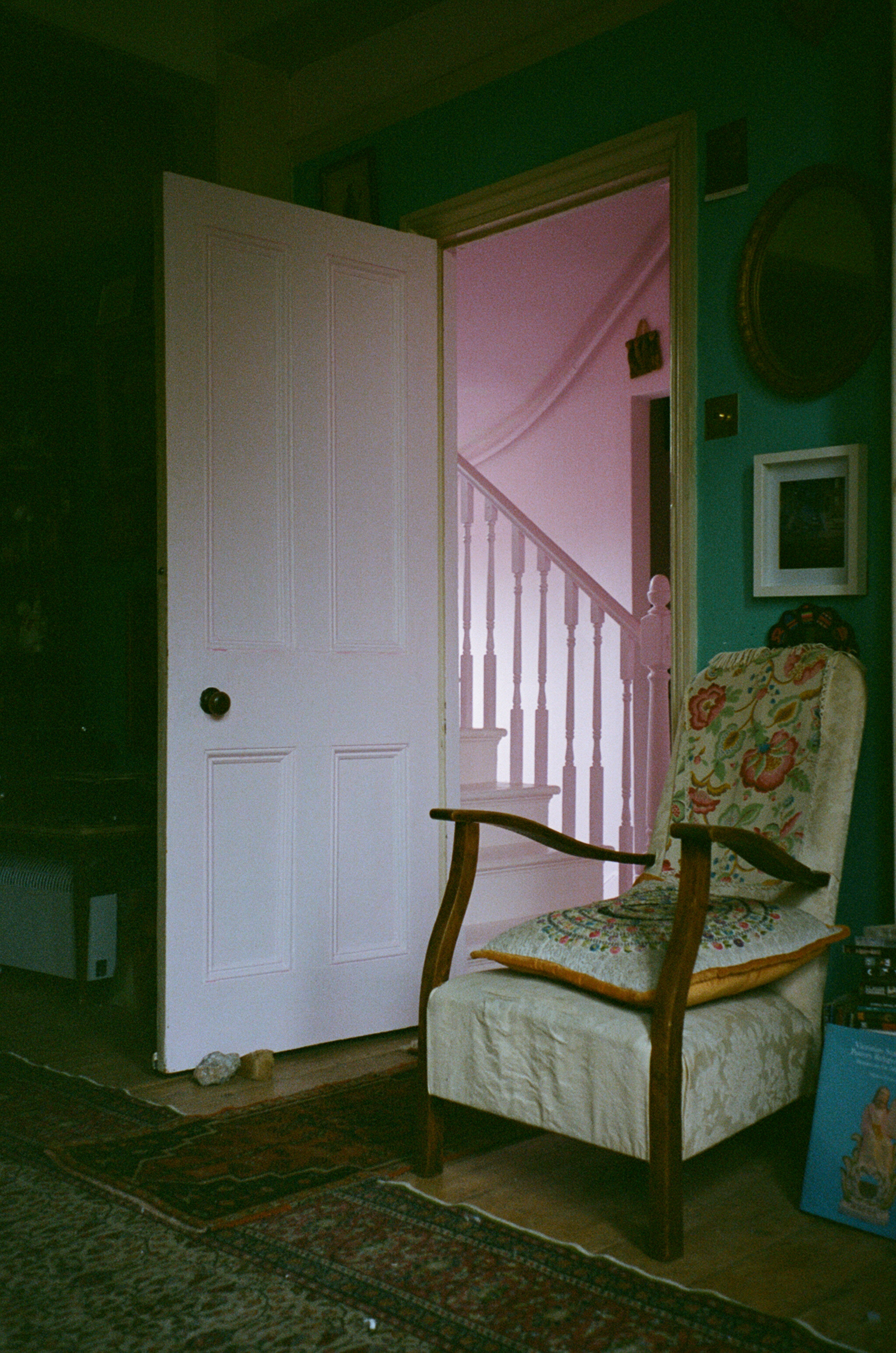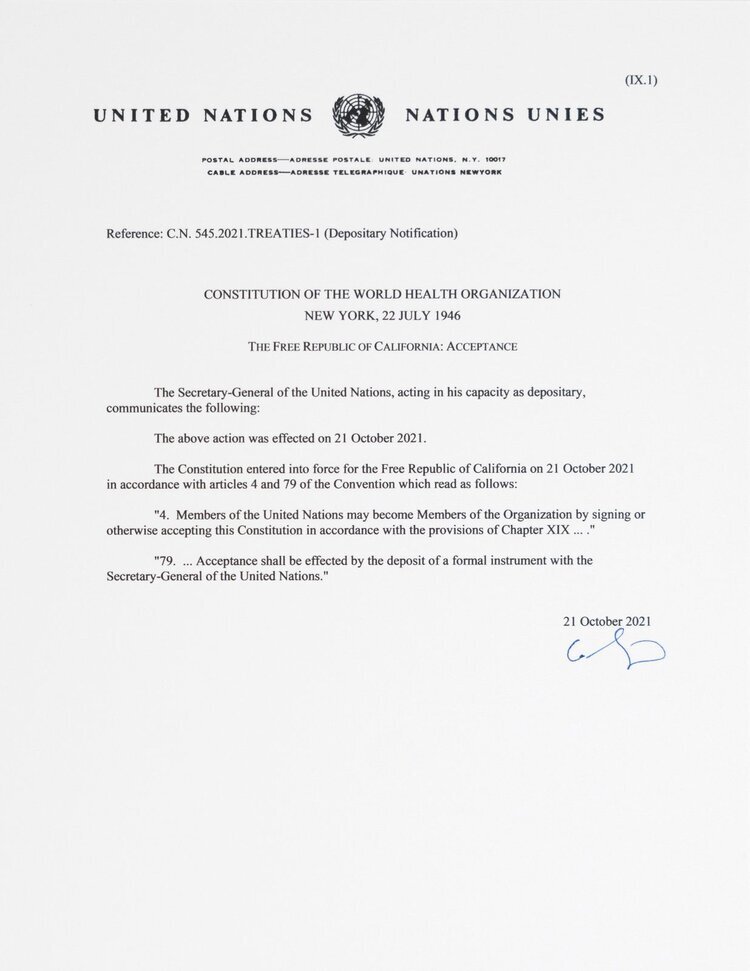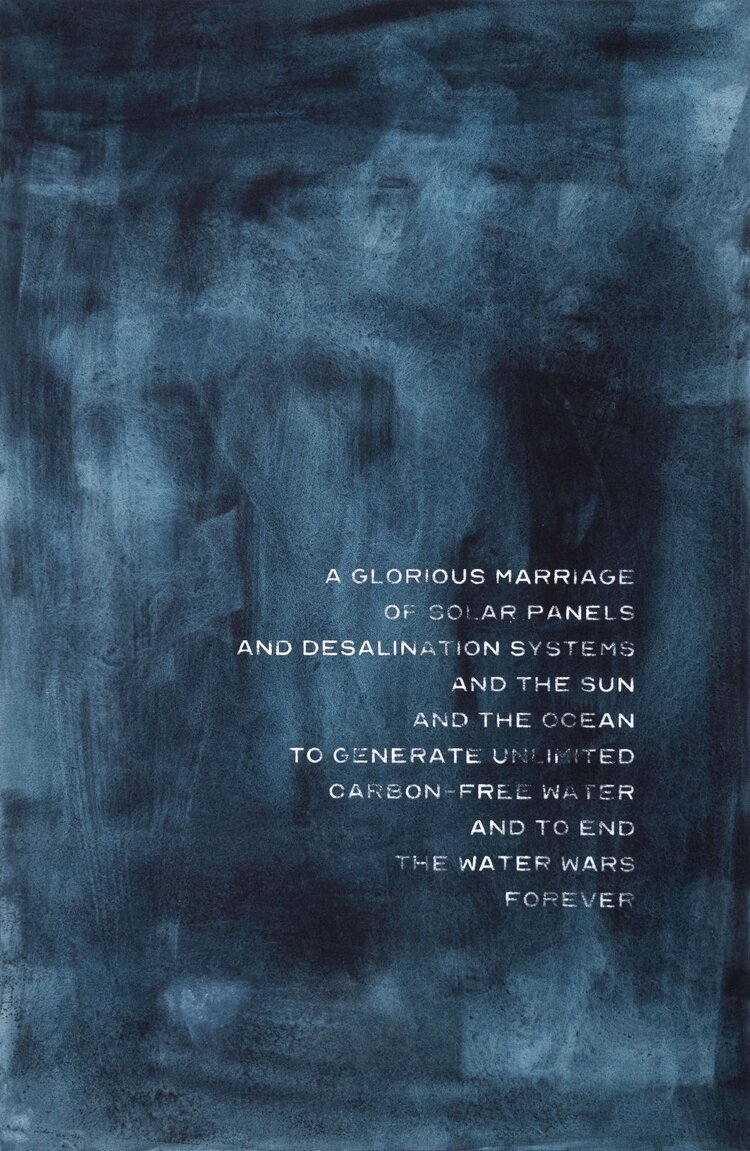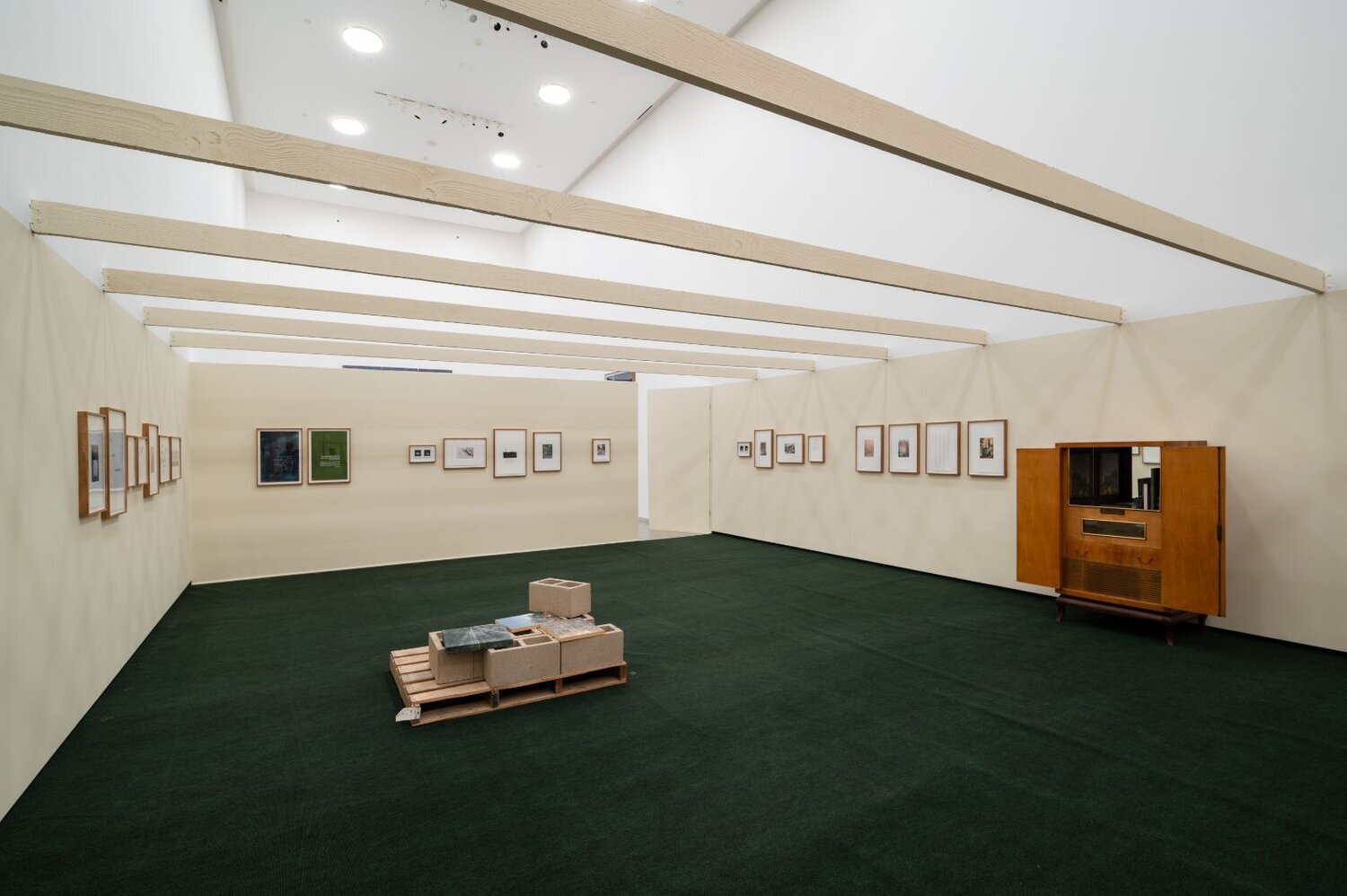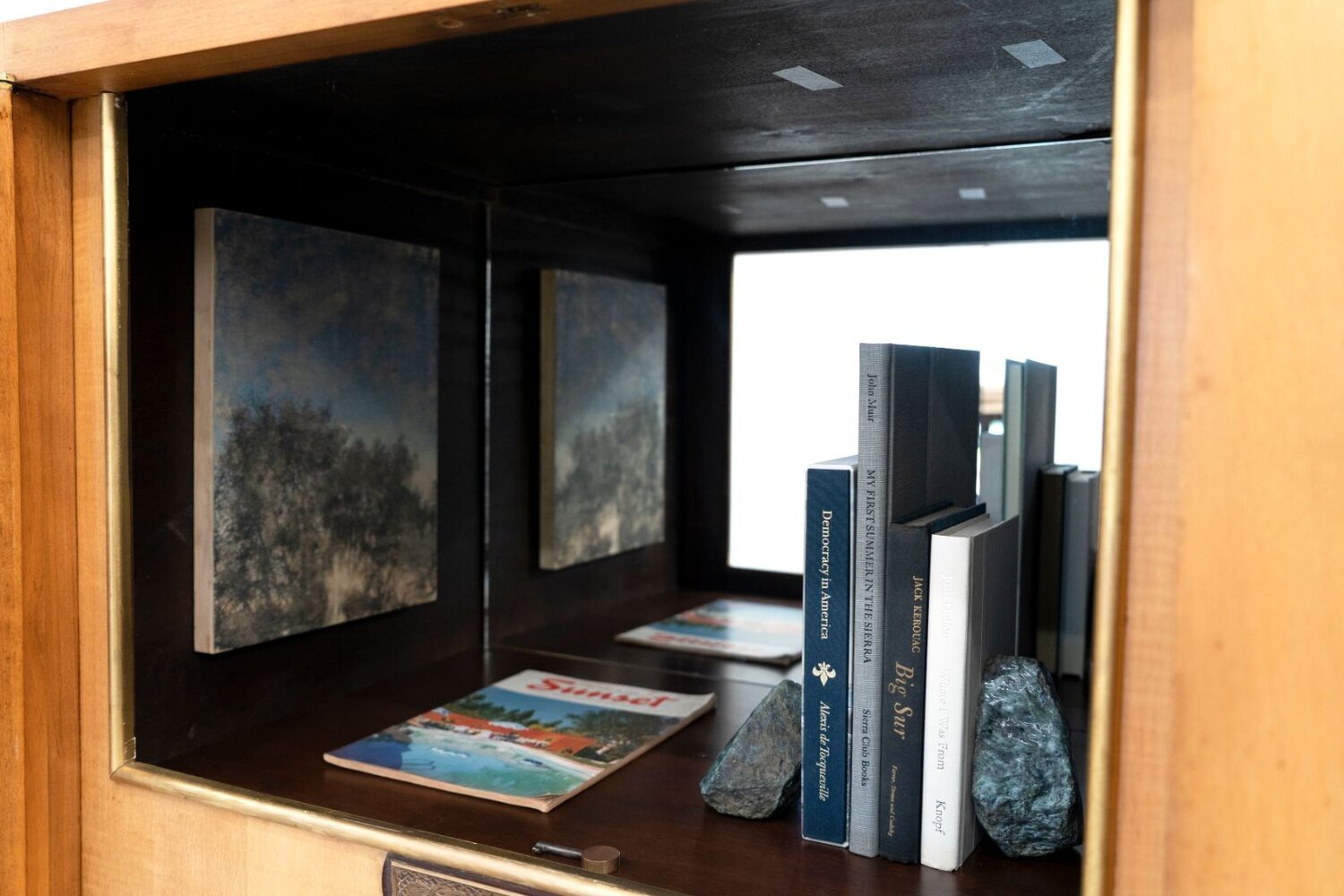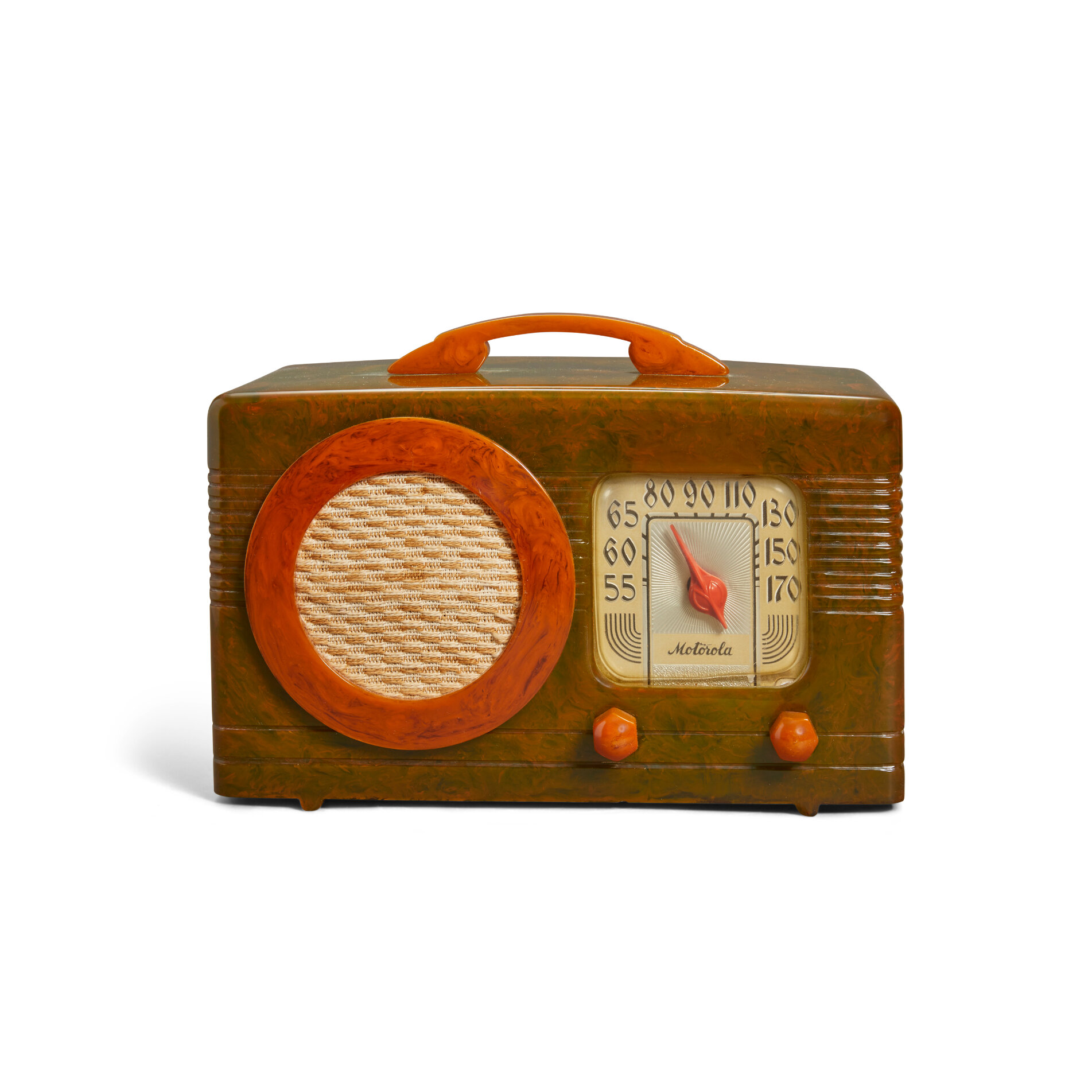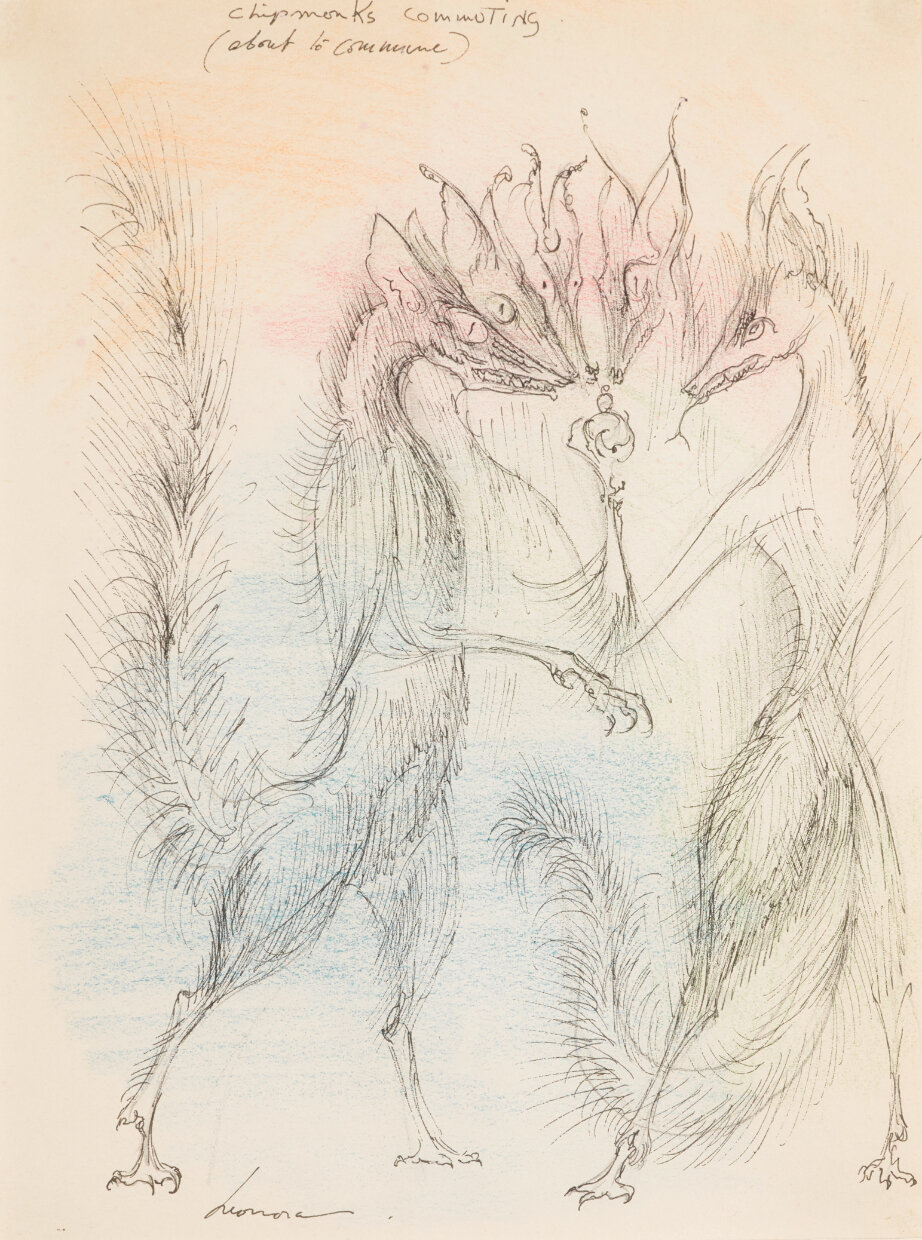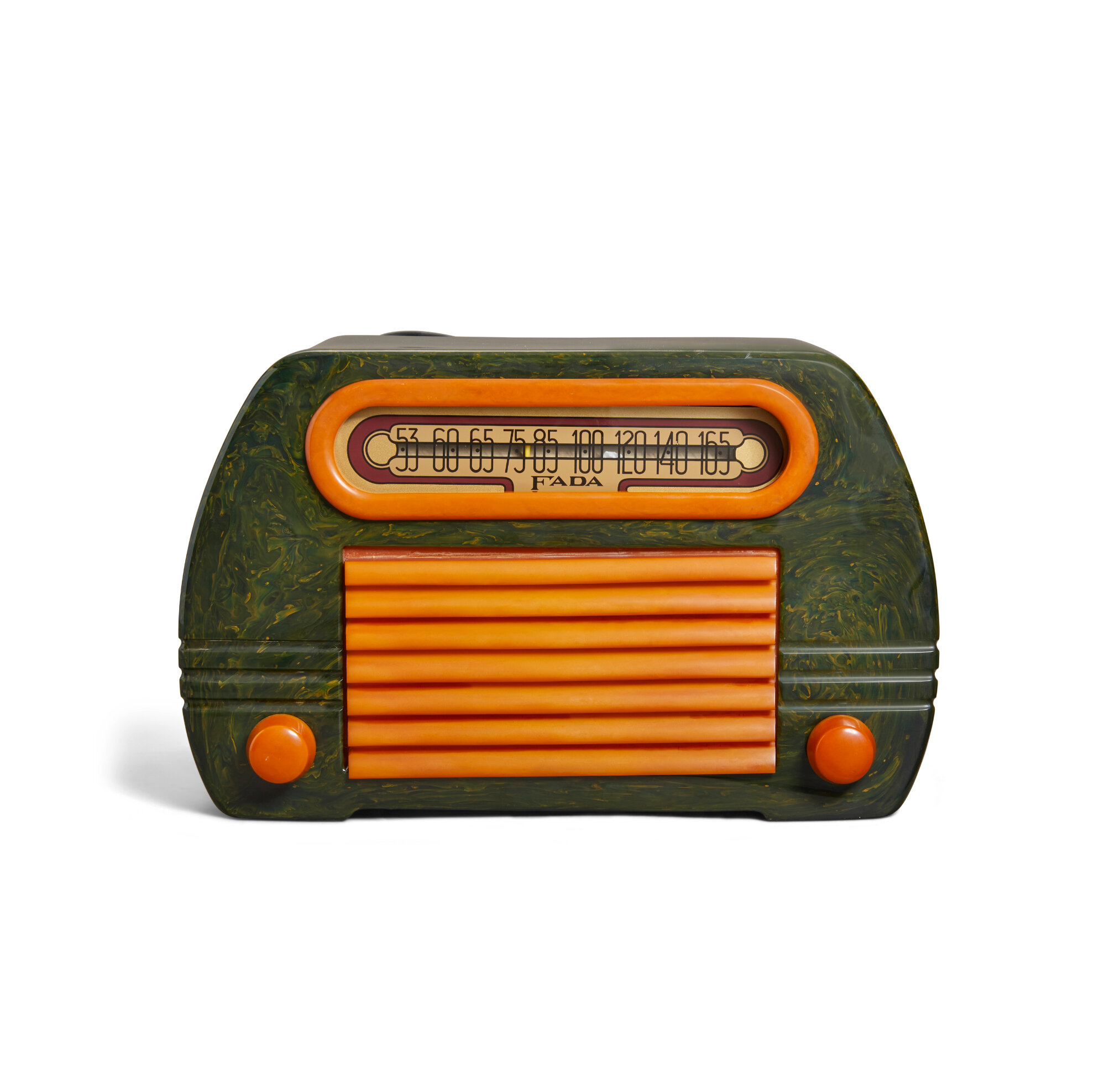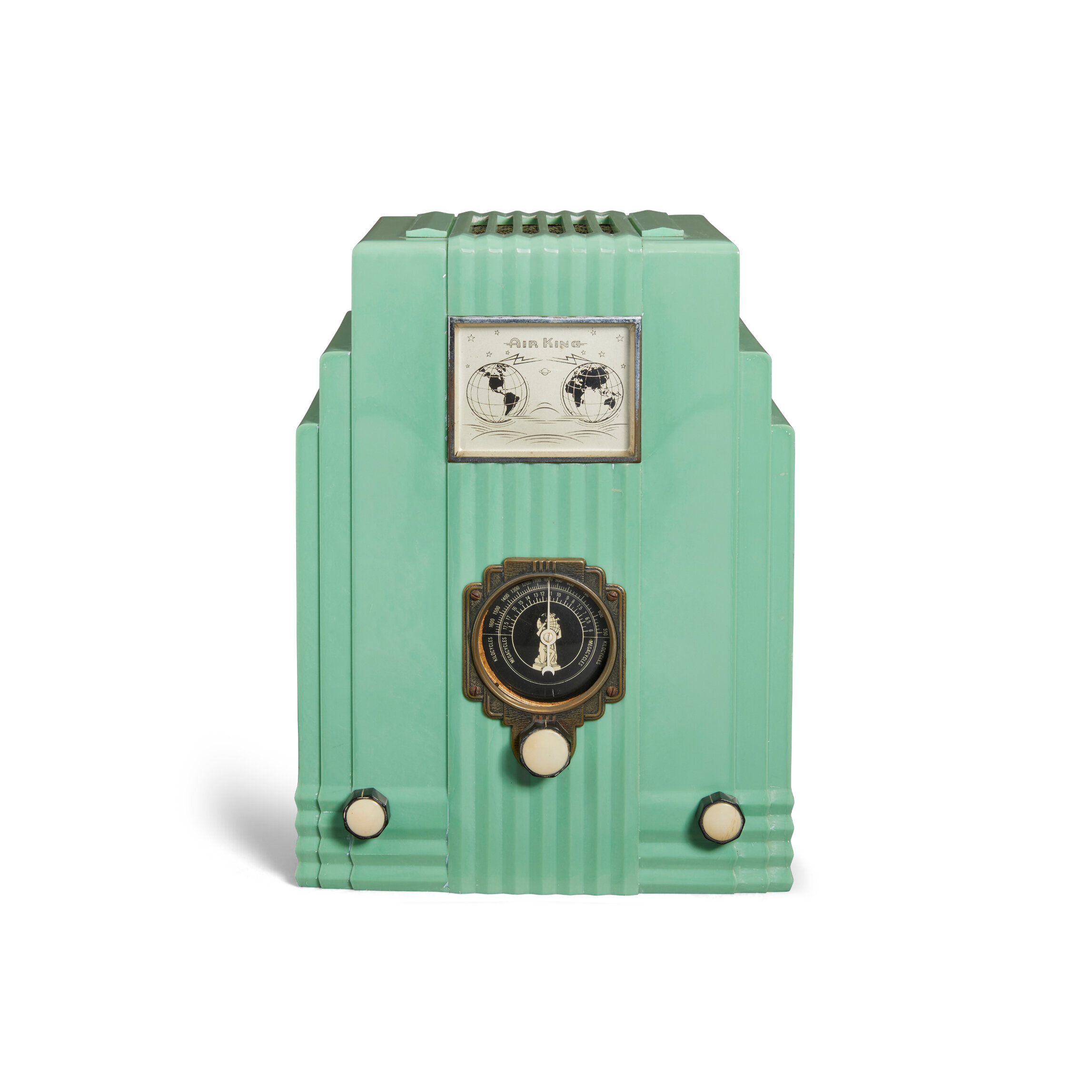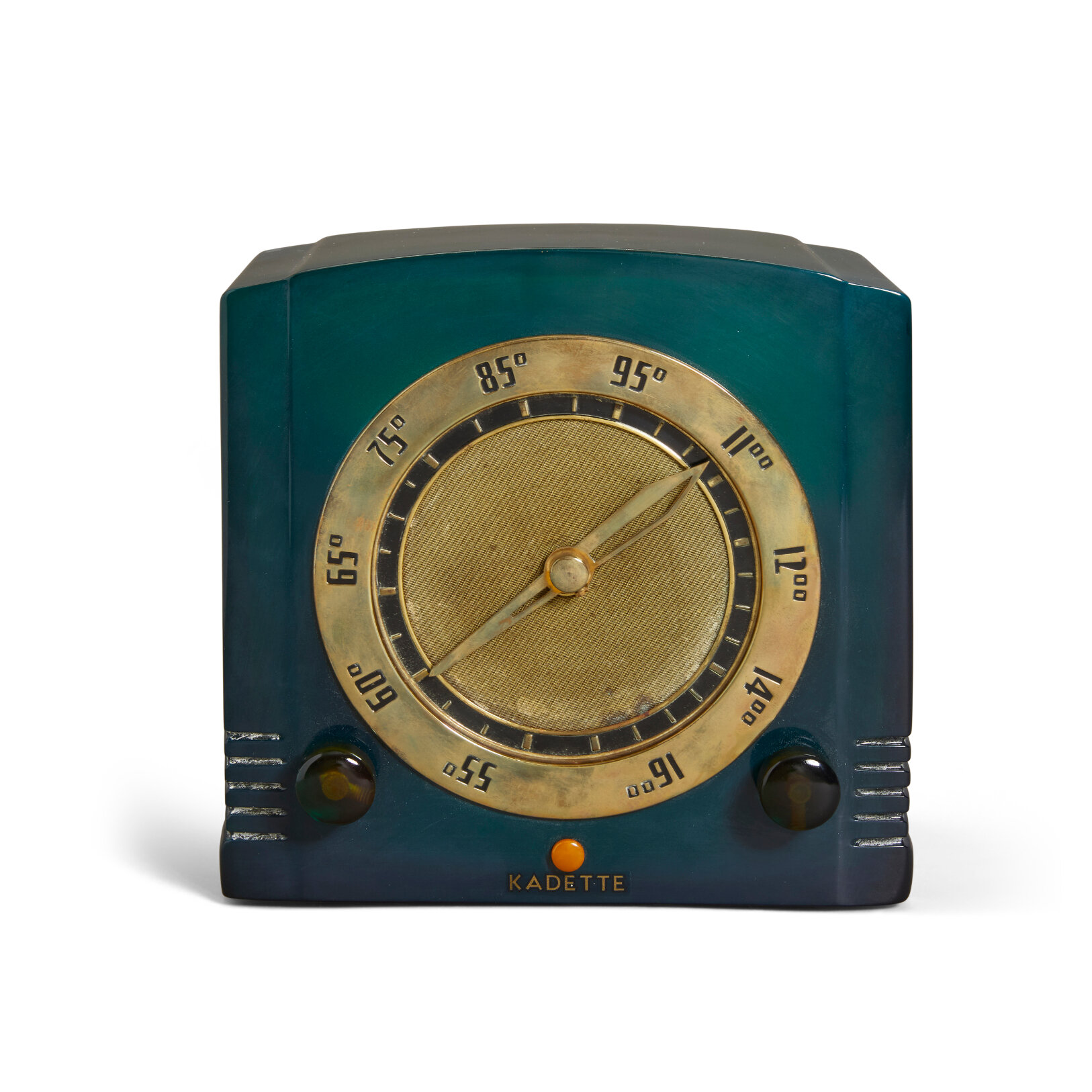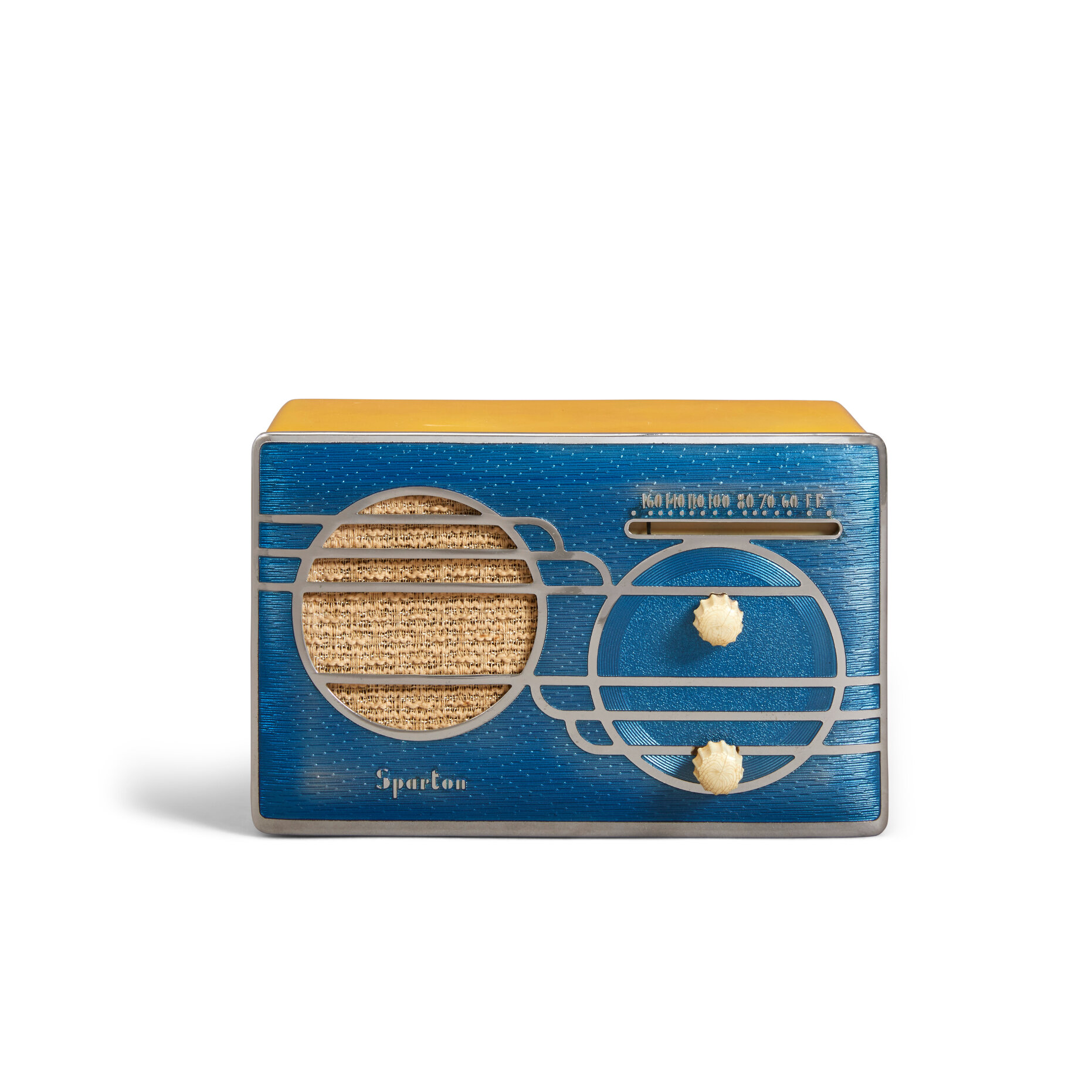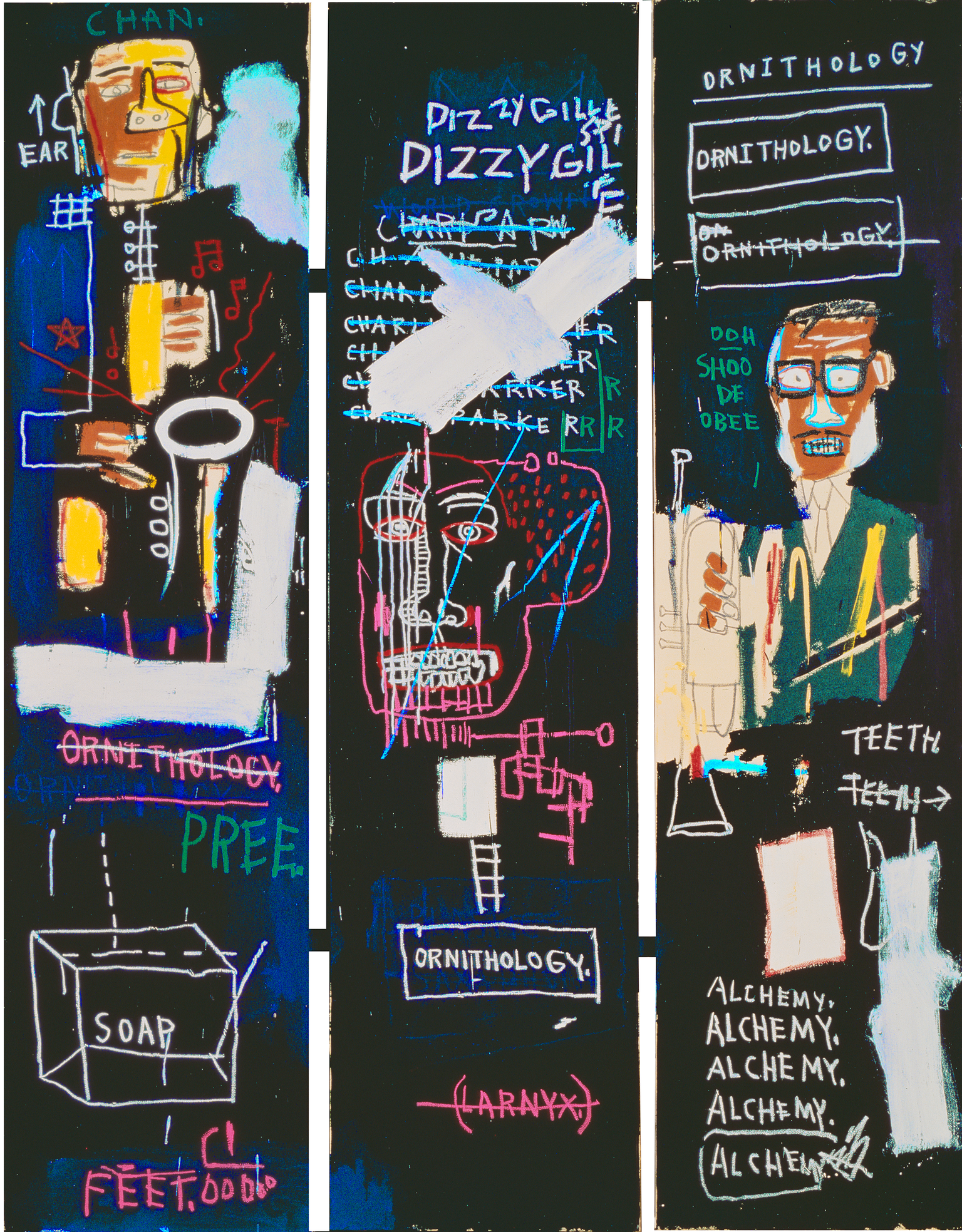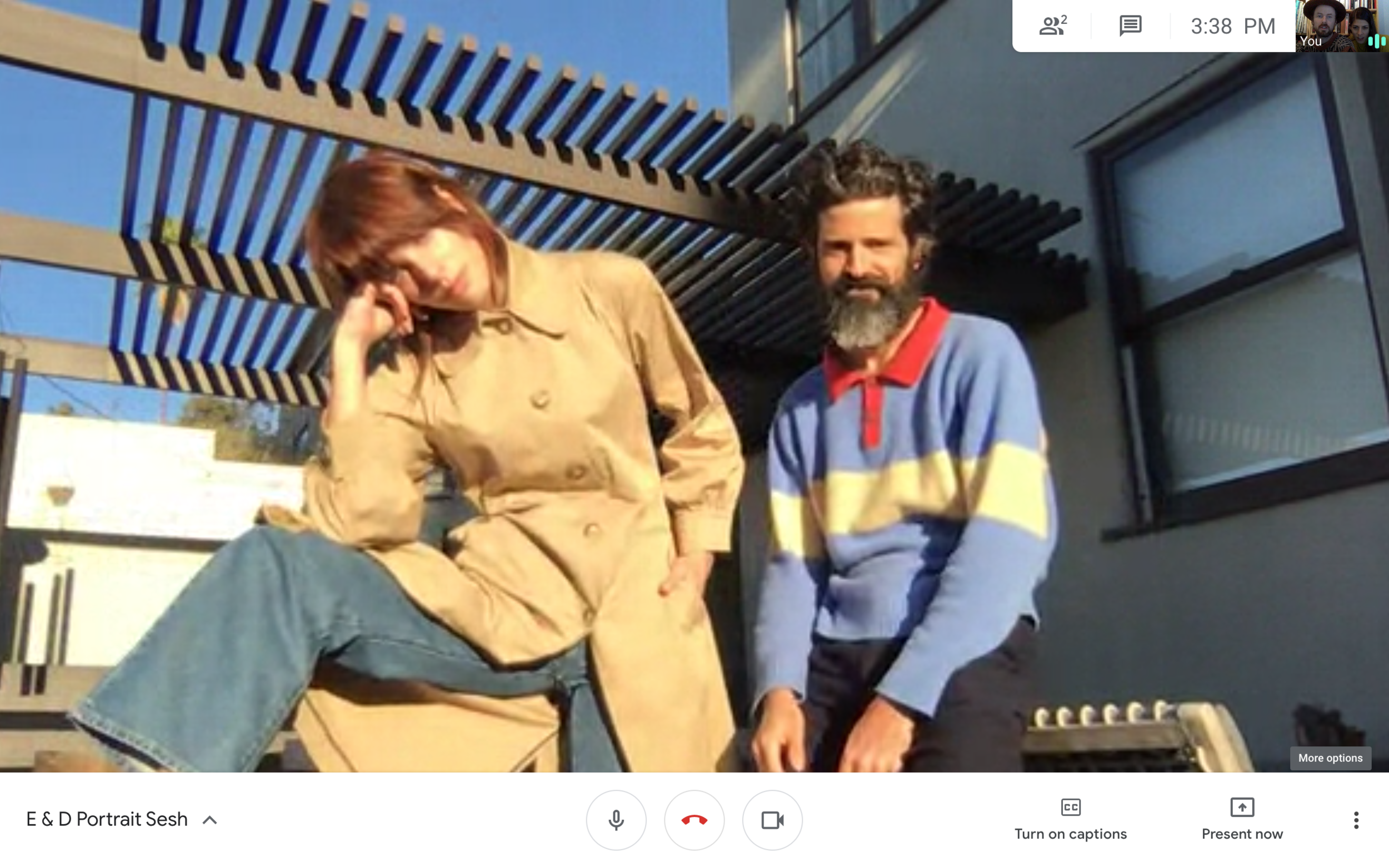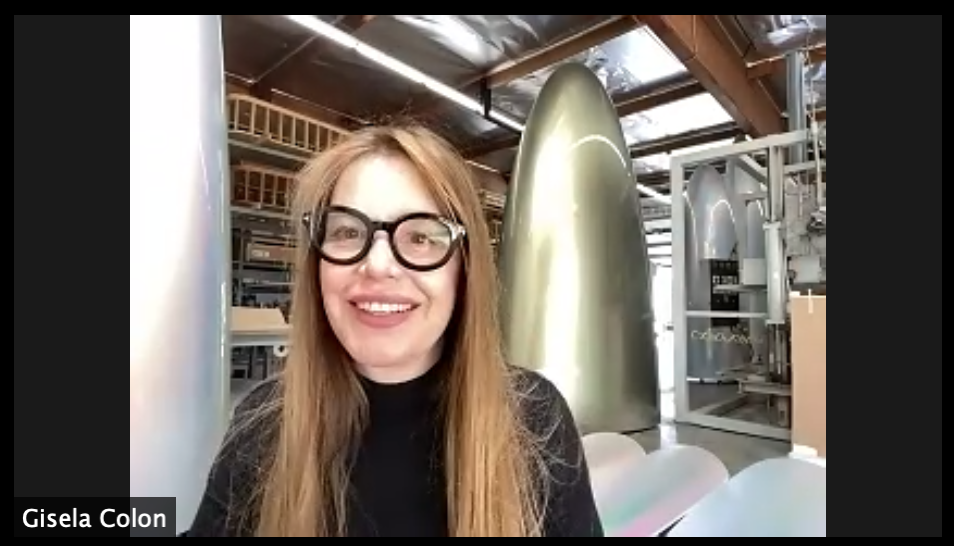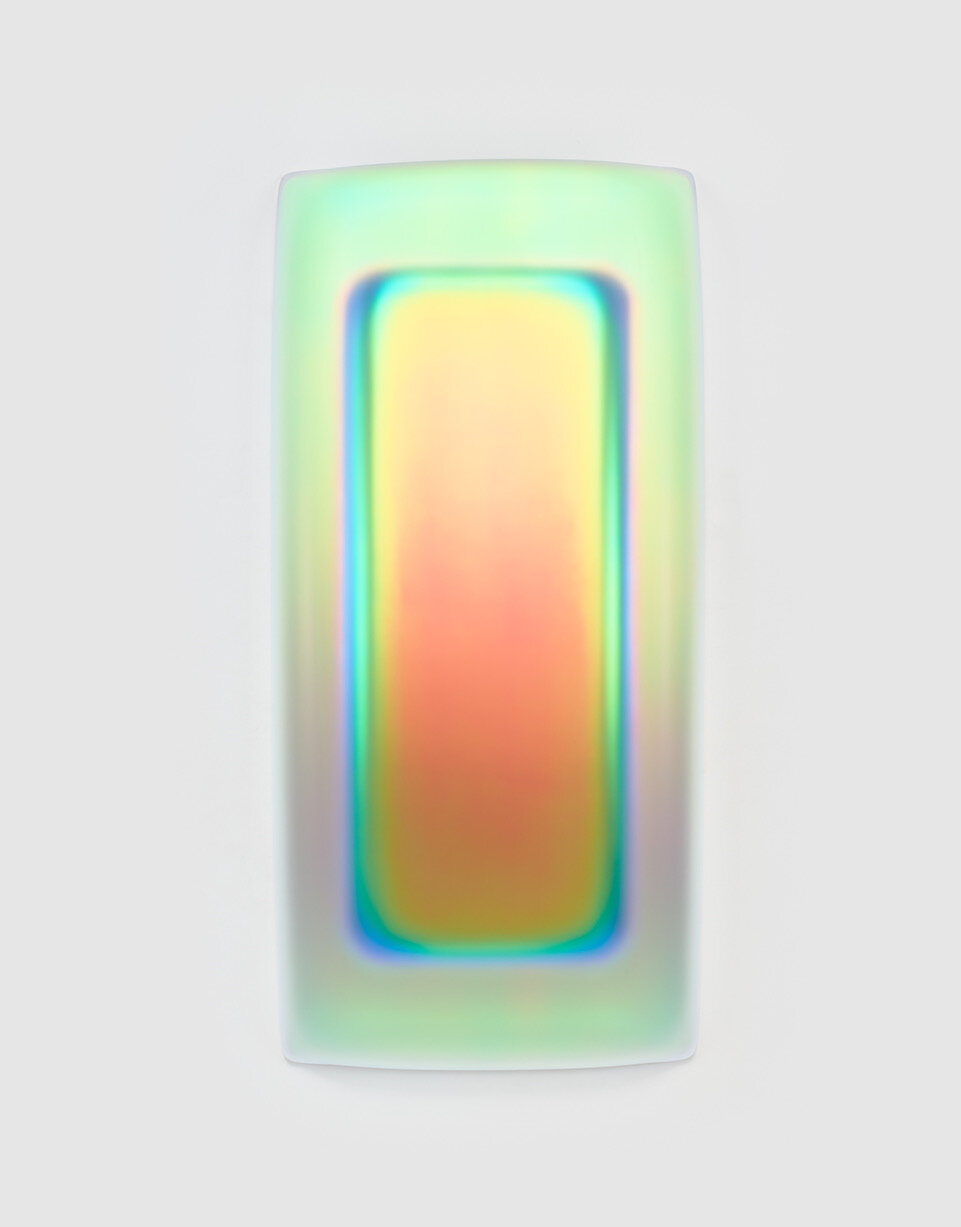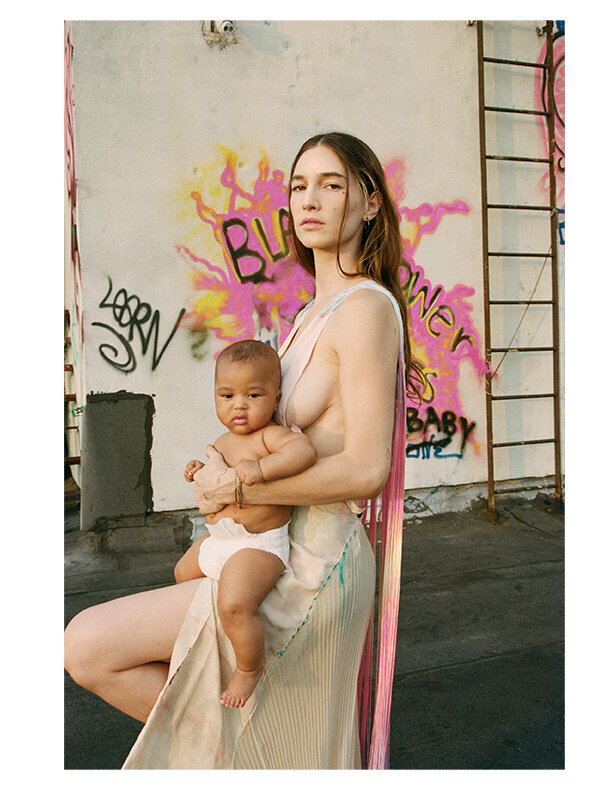interview by Hakan Solak
Behind every garment we wear is a story that imbues our attitude with its unique history. These stories become increasingly rich and complex when you combine and re-tailor vintage pieces from a pastiche of legacy fashion houses. Such is the case with Lucas Meyer-Leclère’s new collection for LML Studio, presented at the Mercedes-Benz Fashion Week Berlin at Kraftwerk Mitte on September 7. A master of print design, hand painting techniques, and an overall maestro of the immersive sartorial experience, Leclère enlists a coterie of friends and contemporaries to walk the runway, personalize the garments, lend vocals, and to re-mix his chosen score. He sees himself as a stable boy in the fashion world, which isn’t so much a complaint as it is an omission of the potential for kink therein. Following the runway presentation for his most recent collection, we sat down with the emerging designer to discuss material, sustainability, our favorite Berlin-based style archetypes, and the importance of taking your time.
HAKAN SOLAK: What is the role of sustainability in the current fashion industry?
LUCAS MEYER-LECLERE: Sustainability is the only way we can create today without destroying the planet. We can already see the terrible damages of global warming and the lives that have been taken all over the world, even recently in Germany with the flooding. As for a creative response, I’ll give you an example. The advent of photography meant that fewer and fewer pigments were available for paint because investments were made in this new medium. Now that we all have smartphones, photographs are almost never printed, which means that printing and developing them has become increasingly more expensive. It is the same on a more tragic level with fashion and its labyrinthine system of global subcontracting and assembly. The problem is not fashion, the problem is the thirst for money and world domination. We know that if under the gold of your palace is the blood of the people, they are bound to fail one day or another. Because when you stop serving the people and you expose them to death by labor, you expose yourself to wrath.
SOLAK: How would you ideally like your brand to influence the fashion industry?
MEYER-LECLERE: I am not here to chop heads and start a revolution. A call for blood will never encourage love and respect. I am here to cut clothes that exist already and to show the harmony in diversity. The beauty in what already is. This is why I use clothes from Dior, Chanel, Berluti, etc. In the same way that some sculptors choose to work with marble [as opposed to other types of stone], high-quality fabrics often come with better cuts and craftsmanship—and I like excellence. When Karl Lagerfeld hired me to assist the person in charge of creating fabrics, I would paint tweeds on my little desk and make samples in the atelier of Cecile, the best chef d’atelier of the haute couture team. We didn’t create in a palace; it was small, in the attic, full of light with a view on the Colonne Vendôme. It’s the same space where Mademoiselle Chanel had her atelier. It starts there with the architecture, because a beautiful stone building is meant to last. We made it new and high-tech, and yet it’s also still the same. And that’s what I do: I take clothes whose structures are made to last and I make them to the taste of the moment.
I used Hermès bags and wallets for accessories because they are the only bags in the world that are not only beautiful and well-conceived, but they are made with a firm intention to last beyond their first owner. That’s why there are only painted labels in my clothes, or fingerprints, just like when Jeanne Lanvin first sold to the US. She would mark the labels with her fingerprint, so no one would be tempted to copy it. Although, I’m happy to be copied, and I like to fantasize that the clothes you saw on the catwalk could one day be in the hands of someone who will decide to paint them or cut them again, or make a towel out of them and give them a new life. It is a quilting. It is what one finds everywhere in the world, in all different shapes.
SOLAK: What were some of the key ideas behind this collection?
MEYER-LECLERE: The key idea in this collection was to take the time to enjoy. It took me three years to make. I made most things myself and got help along the way by wonderful people who generously gave their time to the whole process. Without all of this LML family, and the support of the Evangelical Church of Berlin who welcomed an atelier on the first floor of Parochialkirche, the Fashion Council, La Biosthétique and Mercedes, none of this would have seen the light of day. It was also to create without one firm concept in mind, but rather, react to each piece individually. I was also inspired by the models—most of which are my friends—who all have a strong fashion sense, or a sense of what they want; what fits them. It was important for me to ask them what they liked. I don’t see the point in putting something on someone just because it is my will. It would feel like a punishment; the opposite of what I want to do. I want to be the Frederick Der Grosse of fashion. Its king and its first servant, but I have a long way to go. I’m a stable boy at the moment, which is great because I love horses. You know, the hay, the dung, the leather, the whips ... there’s quite a bit of Berghain to it, and a lot of Queen Kelly by Eric Von Stroheim, who always inspired me. When I had to give show notes to the production team, I said the collection was a bit “Stroheim and David Bowie have gender fluid kids playing in Jackson Pollock’s atelier.”
SOLAK: Can you tell us about your casting and the role that it plays on your brand identity?
MEYER-LECLERE: The casting happened organically. I asked James to sing “Berliner Luft,” which I ended up recording myself on the “Concerto Grosso in D minor No. 5” by Scarlatti with Dauwd—who did all the transitions and mixing of the songs I selected for the show. I met Jeanette when I was seventeen and he was the darling of London’s fashion and party scene. He was the face of Boombox where I danced every weekend, drinking water with sugar (never alcohol). He made a perfect new Marlene; a Marlene Mapplethorpe. All the others are friends, or friends of friends.
My clothes don’t have sizes. I like that people have to try things on. We all know ready-to-wear is an aberration. I had my first leather jacket made when I was fifteen and the emotion of fitting my arms in a sleeve made just for me still vibrates with me today. That’s why Maja wore a jacket made for me by Huntsman, the best tailor of Savile Row, whose horsehair I took, and then I washed the Dormeuil wool. You can now wear it both ways and it has a flow aspect to it. The cut is so excellent that it kept its shape and the precise connection in the stripes. I also used a collar I had made at Budd’s as well as a shirt worn by Christian Stemmler who came to borrow the beautiful black leather jacket that I frayed from Berluti and ended up walking the show. My photographer friend, Mariam Medvedeva had just flown from Moscow and wore the dress I made for her. It was from a Margiela dress that I painted and cut out. We added her last minute. Jack, I met when he was sixteen. They were the actors of the show. They WERE the show. They reflected my taste for life, for people who love and respect freedom, for people who are independent.
There is this great meditation app by Sam Harris that you can get for free if you can’t afford it by sending an email. In today’s short meditation he said, “Remember that there’s no dress rehearsal for some future time. This is the live show,” and of all the live shows, Berlin’s is my favorite. This city has welcomed me and so many friends from all over the world. All us immigrants can be thankful for the German people of Berlin, and the ones who still fight for tolerance and respect, so we can breathe free singing “Berliner Luft.” Prost! [laughs]
SOLAK: What are your favorite Berlin archetypes of style? Is it like the raver, the Kudamm brand-bitch, the Marzahn Kommune garden girl?
MEYER-LECLERE: My favorite archetype of Berlin style is definitely the leather scene. To see gentlemen of all ages and sizes dedicating themselves with such refinement and sophistication to a fetish is fascinating. Karl Lagerfeld gave me a book that is still in my mind called Dressed to Rule by Philip Mansfeld. I came out of the show in a yellow coat I made for my final collection at Saint Martins where I used the reverse of a filcoupé jacquard that I had painted with oil paint, then ripped off. Underneath was the Soccer Jersey of England that I painted too. England brought me so much and I hope I live to see the day when it will be part of Europe again. Underneath was a lace top made of two laces I got from Sophie Hallette painted in lavender with metallic foil appliqué and fastened by hand-woven cotton braids. That was on top of the fabric given to me by Budd’s, the most exquisite shirtmaker on Piccadilly who has everything produced in England. The shorts were German workers’ shorts found at Halleluja Berlin. I had two pairs of socks by Falke. One pair underneath a fil d’Écosse in Burgundy. One purple pair on top in cotton, the color of the Protestant church where I was baptised on November 17, 2017 wearing these kinky boots that I found at Halleluja. I wore the perfume Duke of Burgundy, created by Max Buxton Moss for Rabbit Perfumers because I am from Dijon in Burgundy. Don’t say like the mustard. I’d rather be associated with Kir Royals and champagne—even if I don’t drink. It’s more festive. And that’s my archetype: Festival Berliners of any kind!




